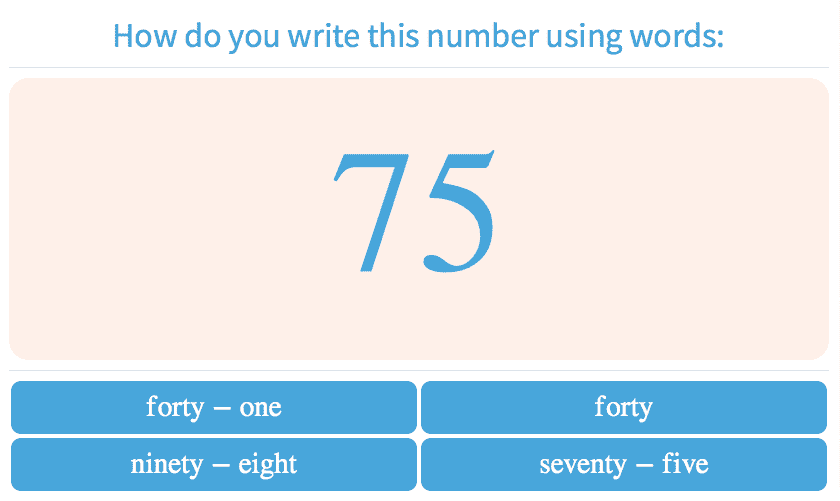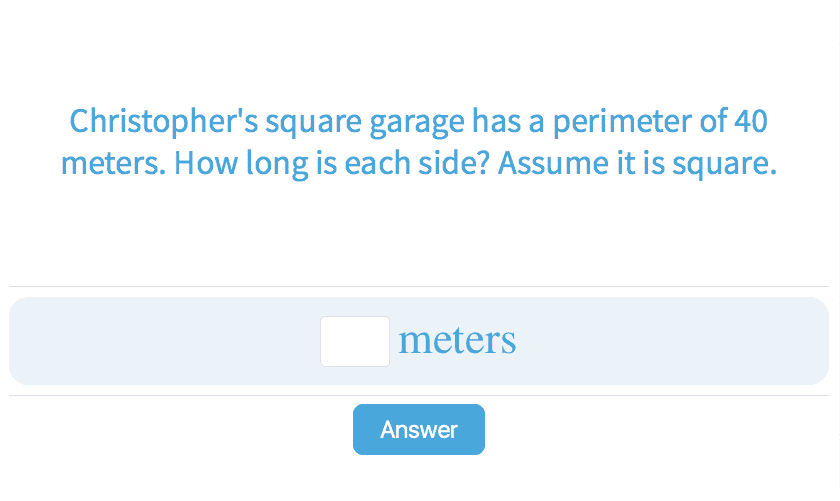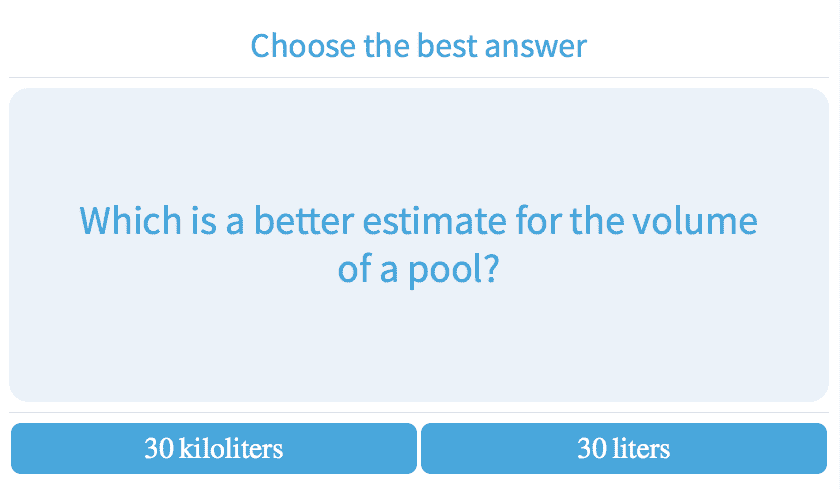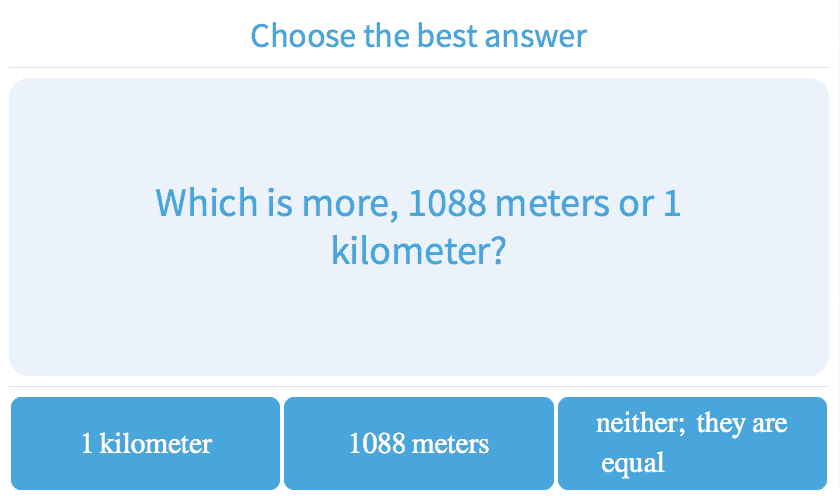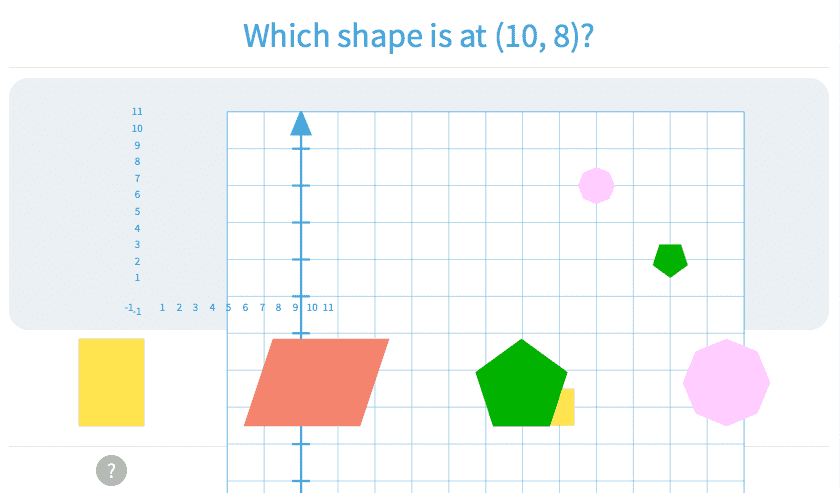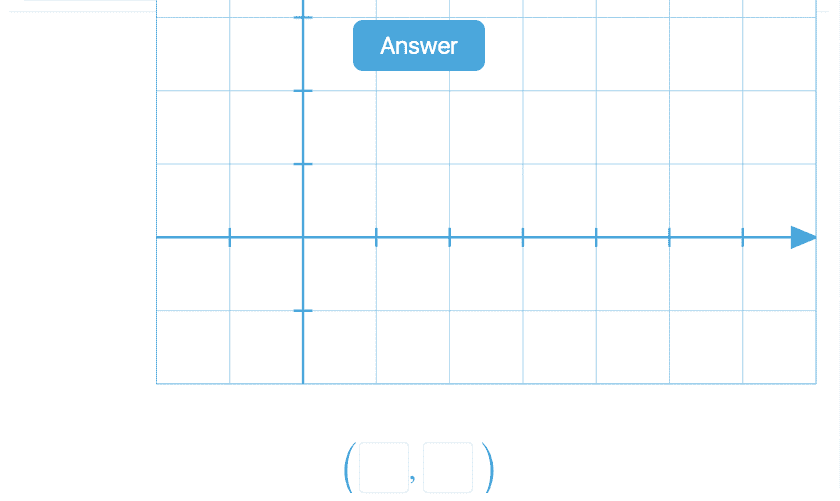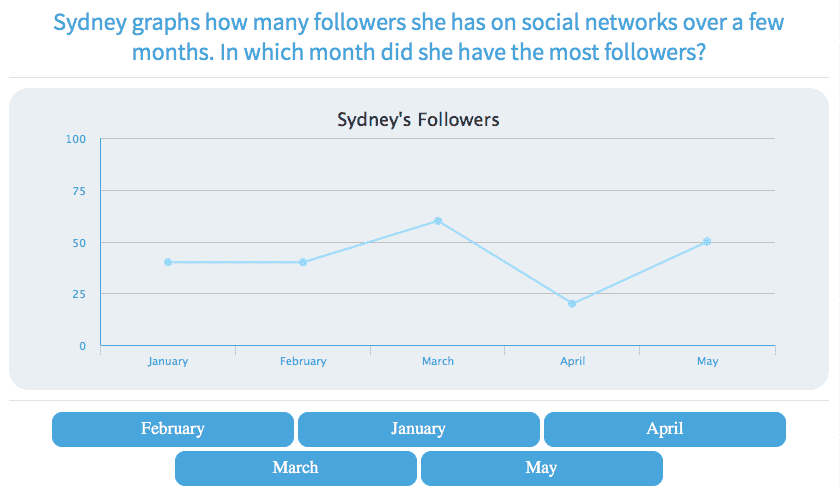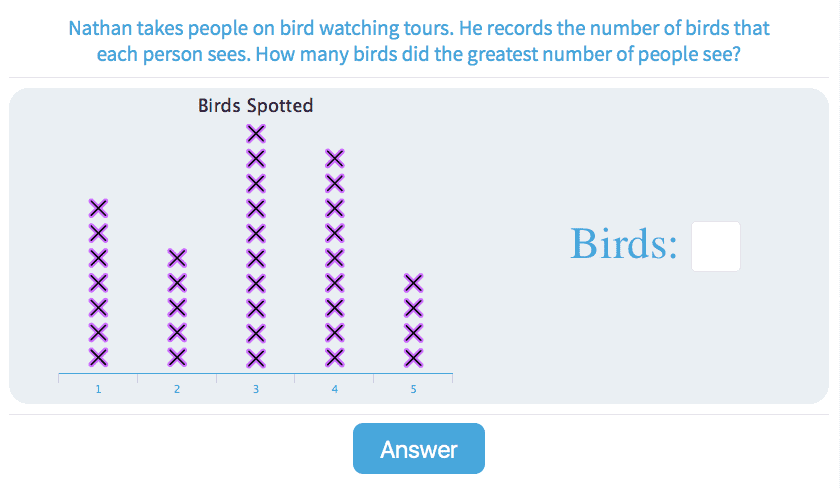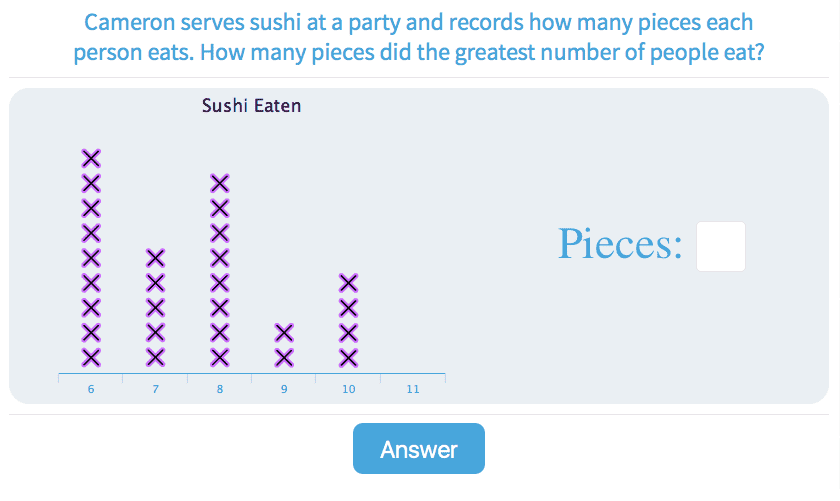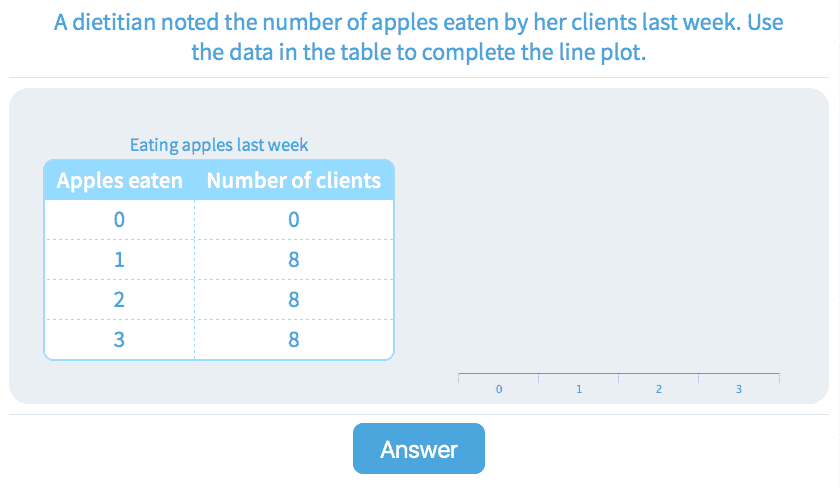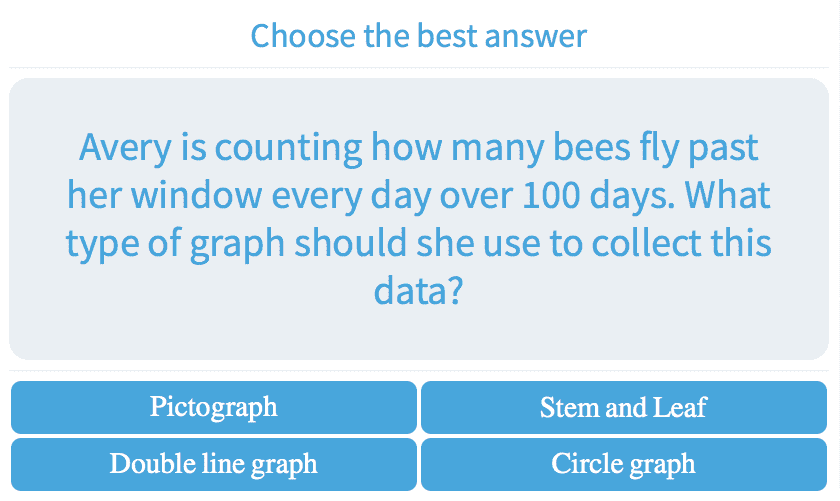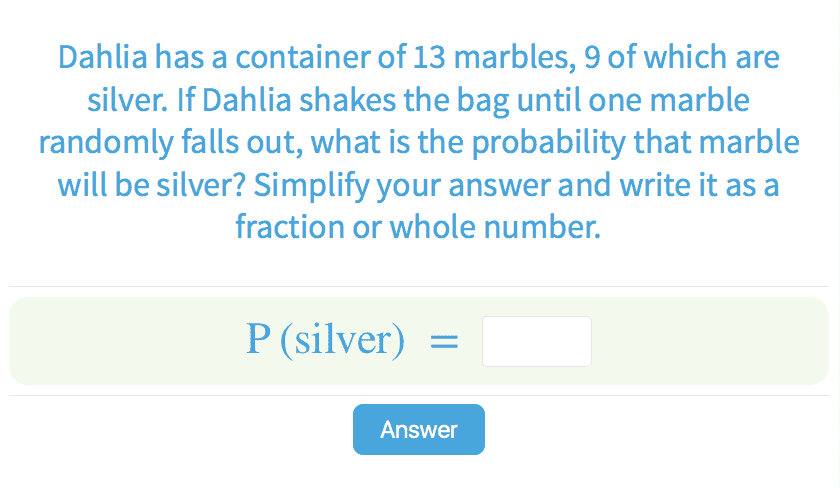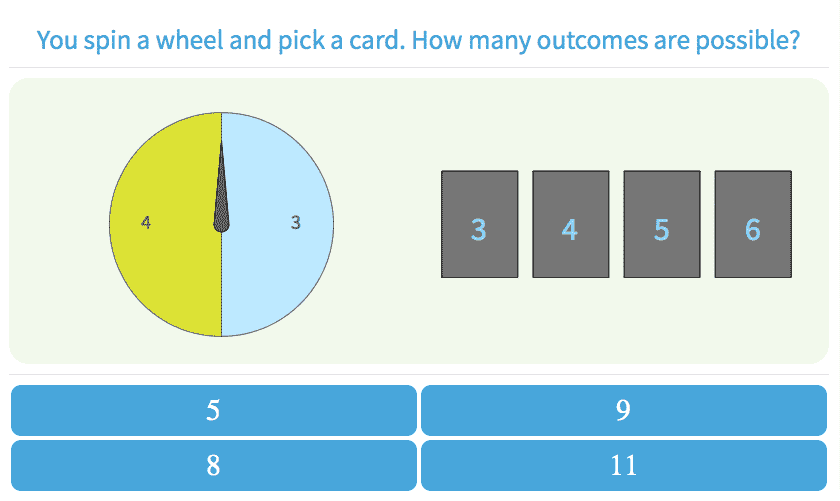-
4Grade 4 Worksheets
- Counting
-
Number Patterns
-
4.2Count by a Specific Number
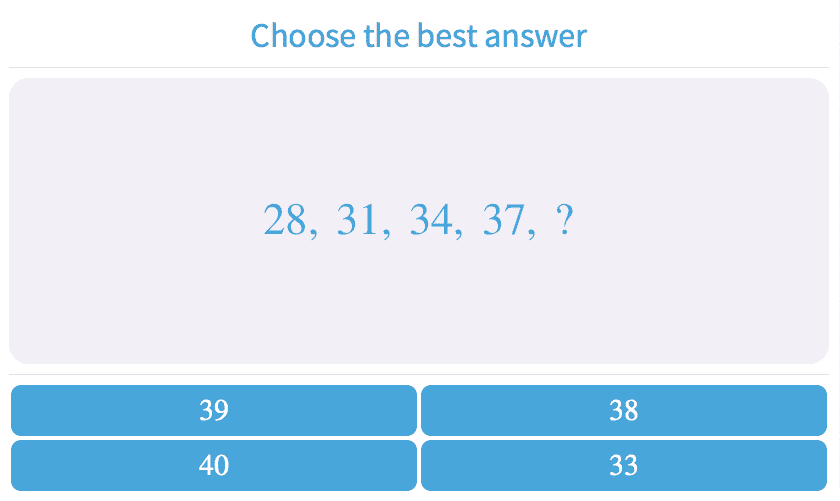
-
4.21Increasing Growth Patterns
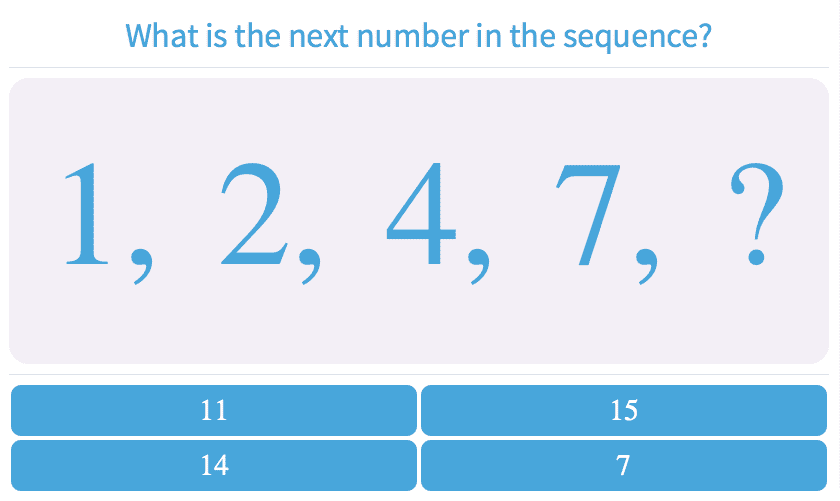
-
4.22Geometric Growth Patterns
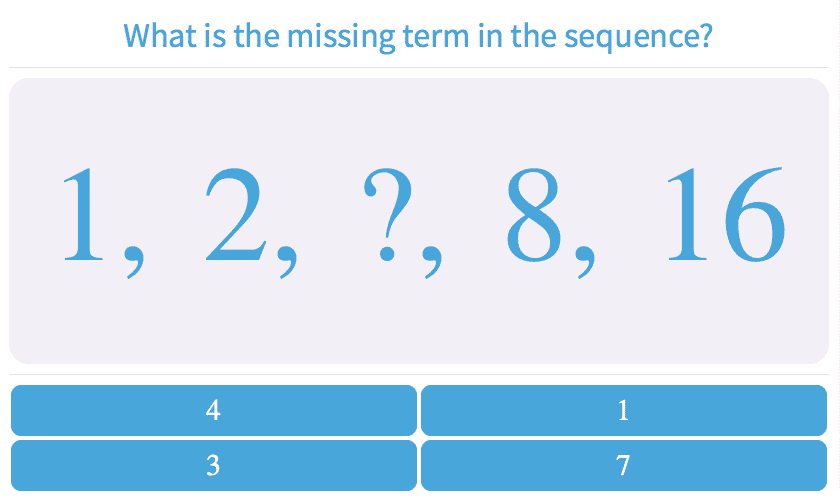
-
4.23Numeric Patterns
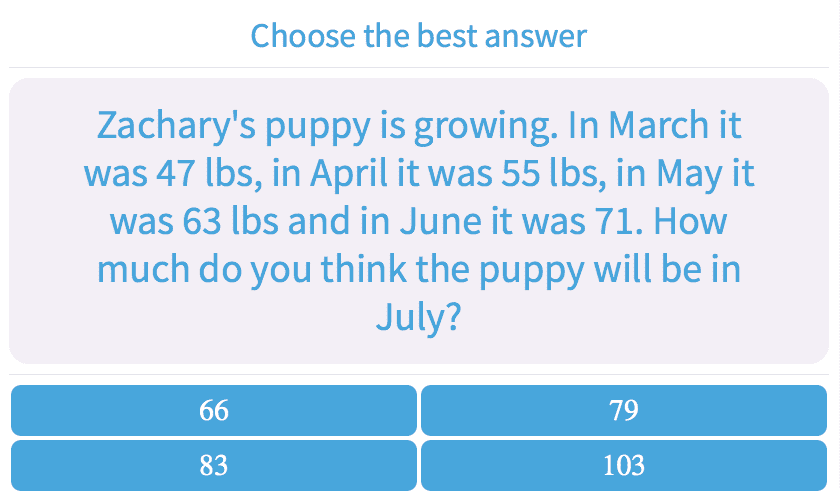
-
4.35Patterns of Equivalent Fractions

-
4.117Mixed Patterns
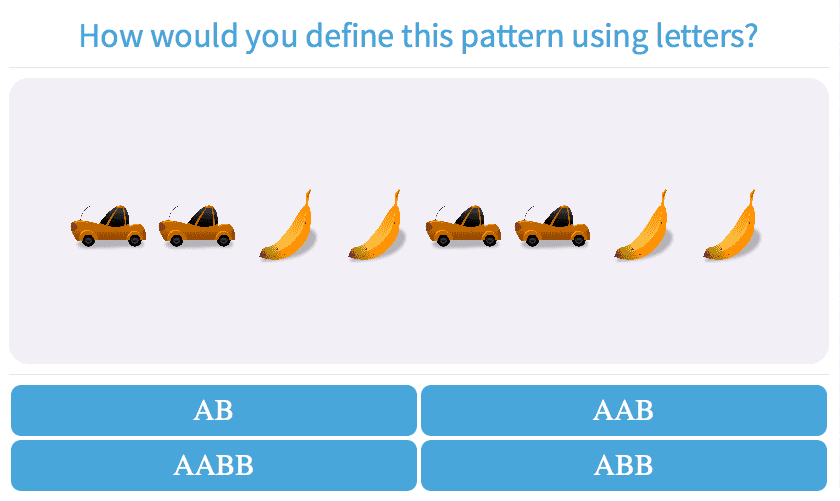
-
-
Addition
-
4.11Balance Addition Equations with Sums Up to 1000
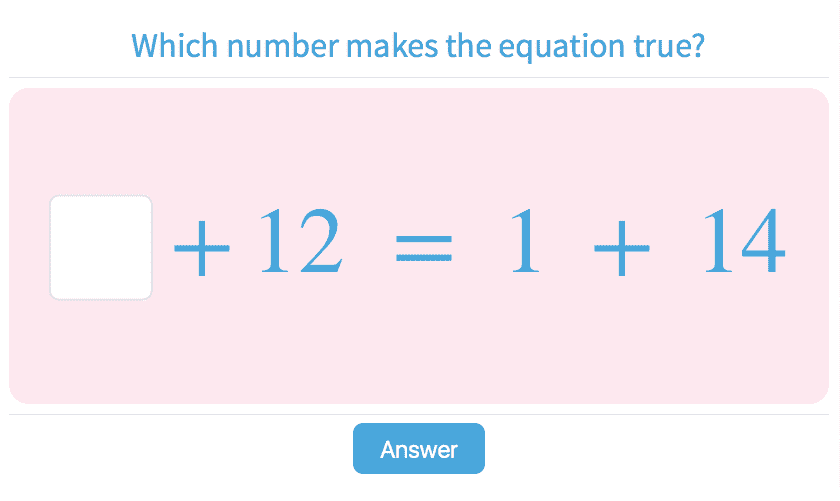
-
4.12Balance Addition Equations with Operands Up to 1000
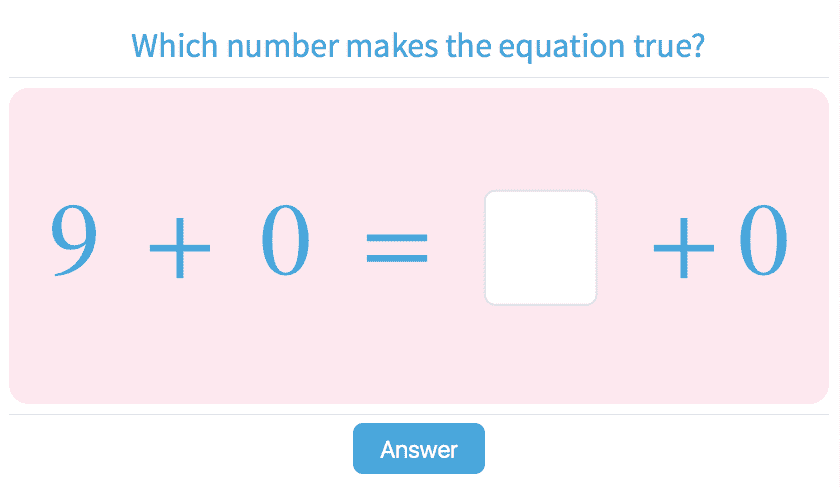
-
4.58Numbers Up to 5000000
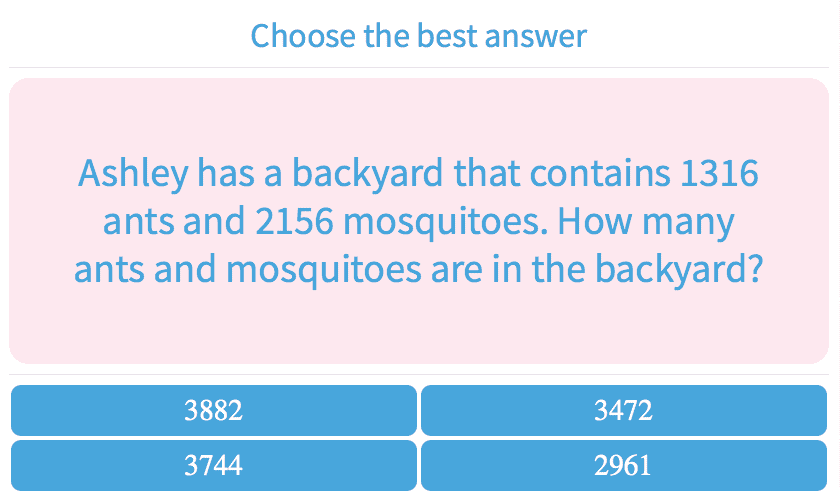
-
4.71Properties of Addition
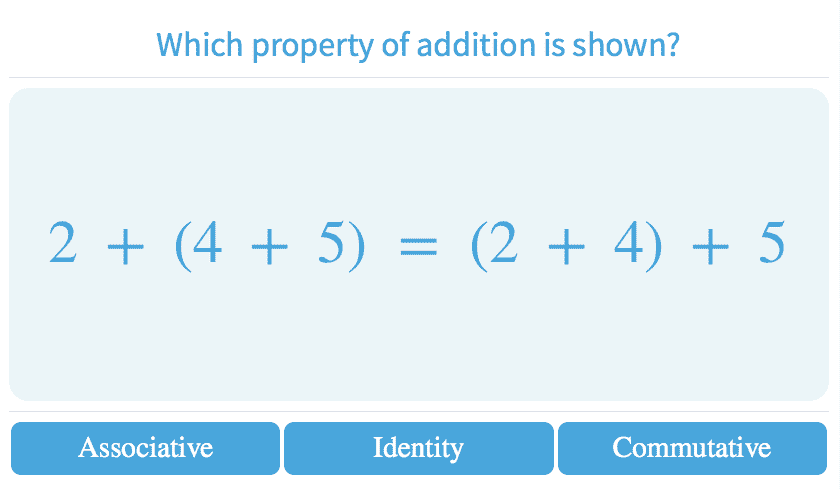
-
4.86Add Two Numbers Up to 1000
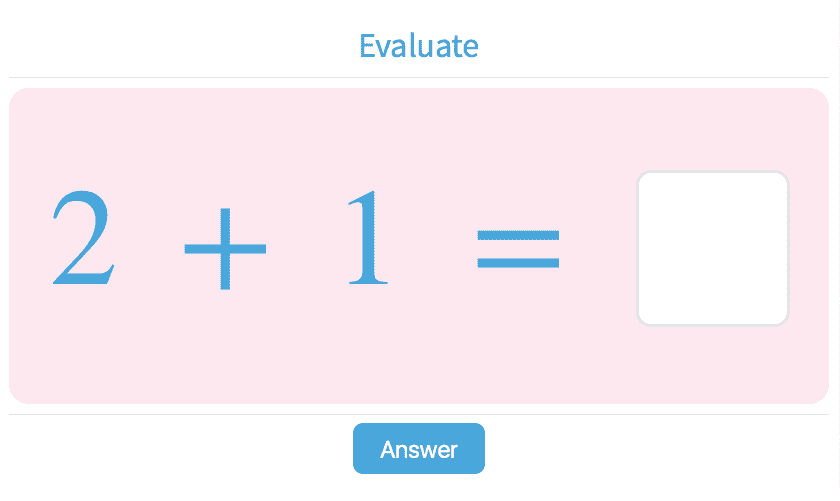
-
4.88Addition with a Specific Number Up to 10
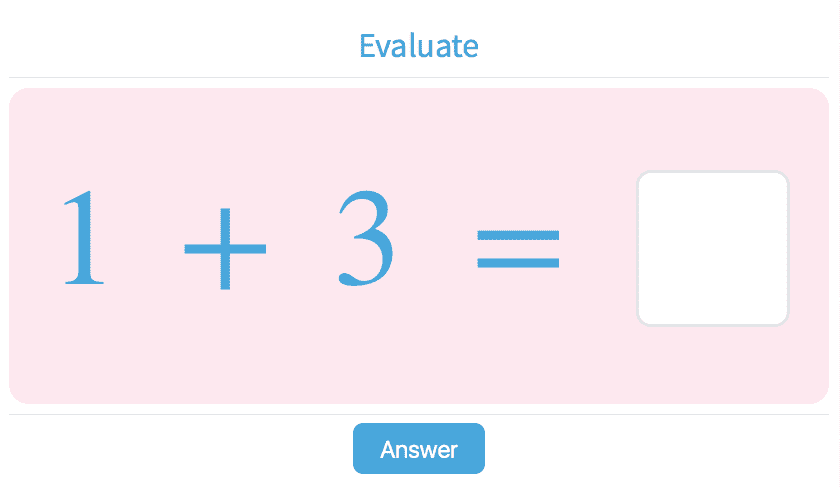
-
4.89Addition with a Specific Number
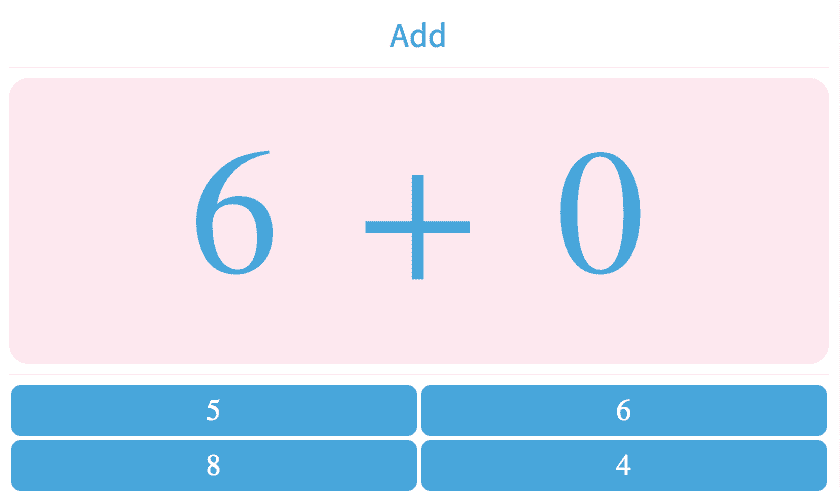
-
4.102Add Two Numbers Up to 5000000
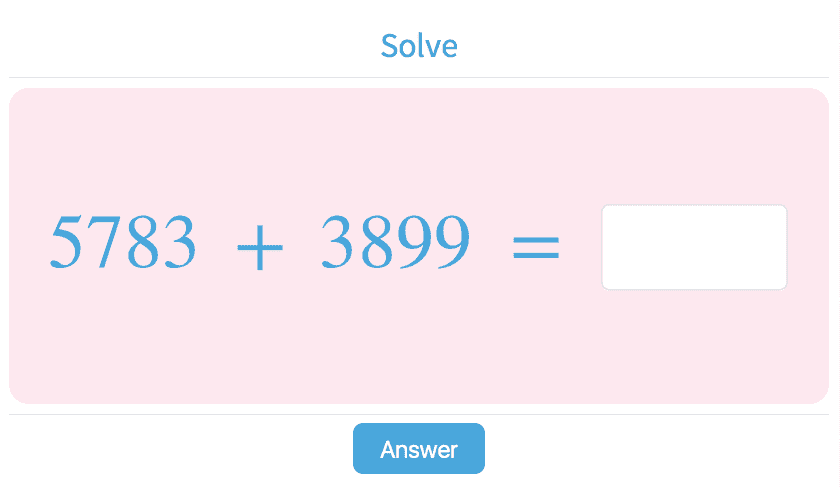
-
4.105Complete the Equation with Sums Up to 1000
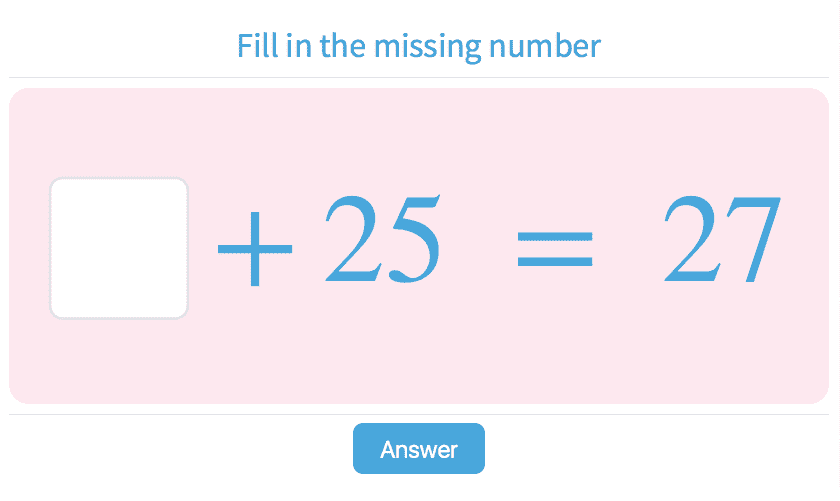
-
4.106Complete the Equation with Numbers Up to 1000
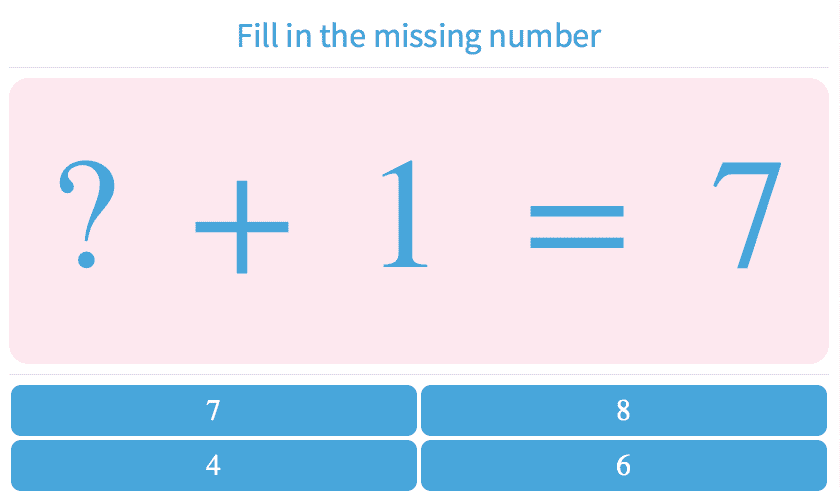
-
-
Subtraction
-
4.13Balance Subtraction Equations with Operands Up to 1000
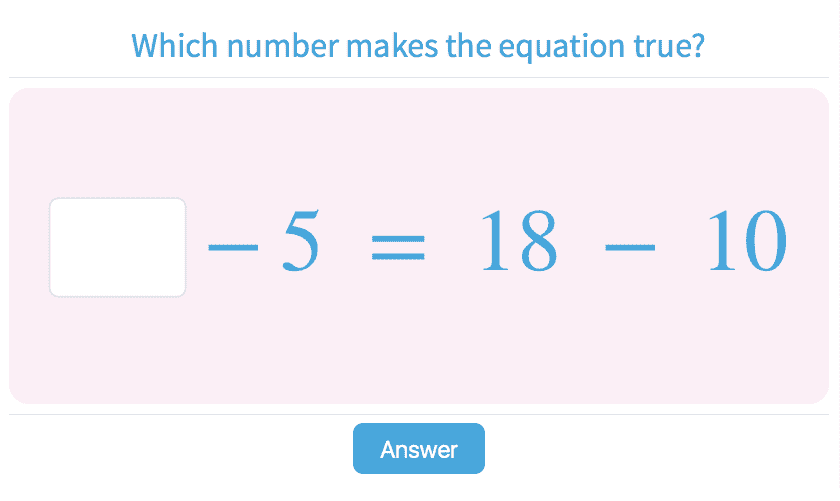
-
4.59Subtraction with Numbers Up to 5000000
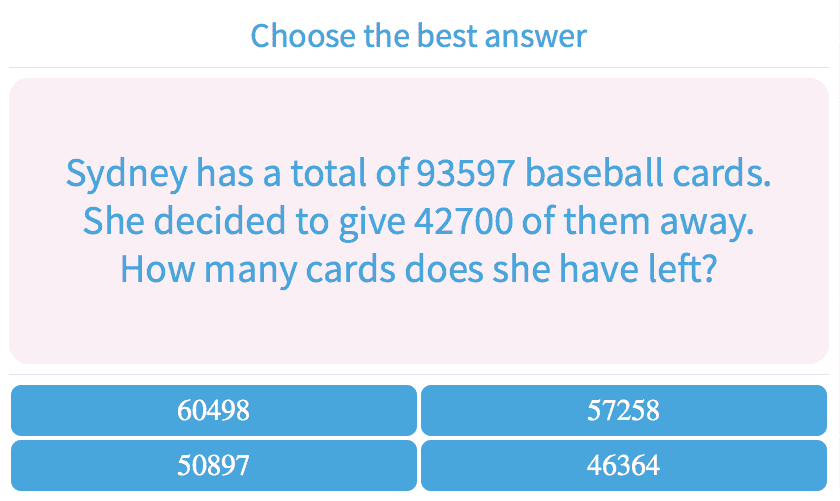
-
4.87Subtract Two Numbers - Operands Up to 1000
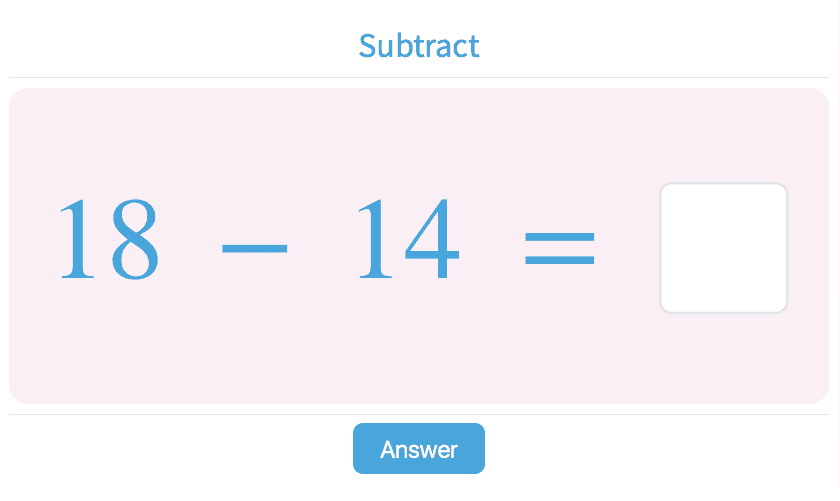
-
4.90Subtraction with a Specific Number
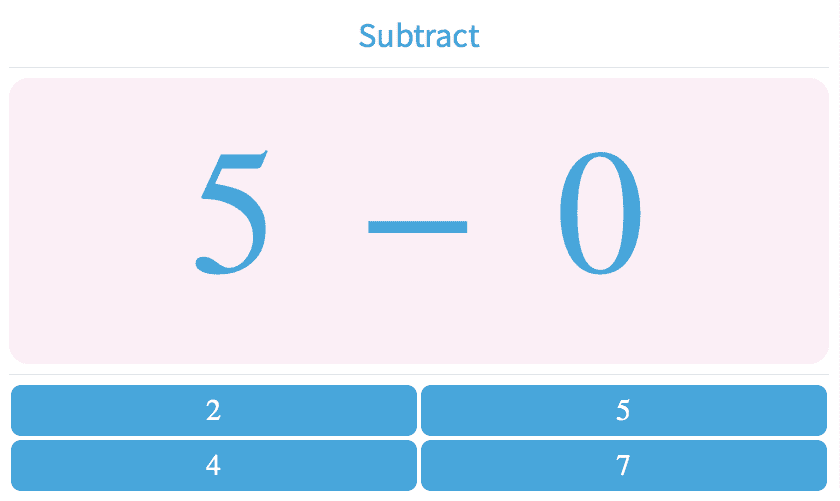
-
4.103Subtract Two Numbers Up to 1000
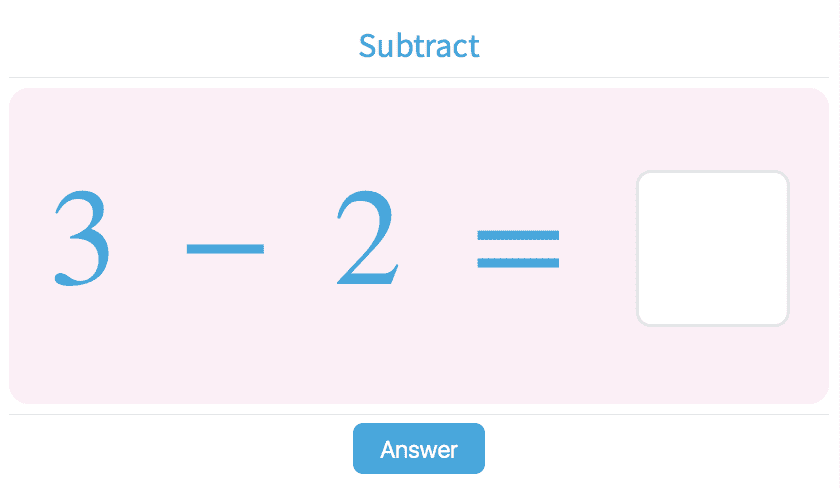
-
4.104Subtraction with Numbers Up to 5000000

-
4.107Complete the Subtraction Sentence
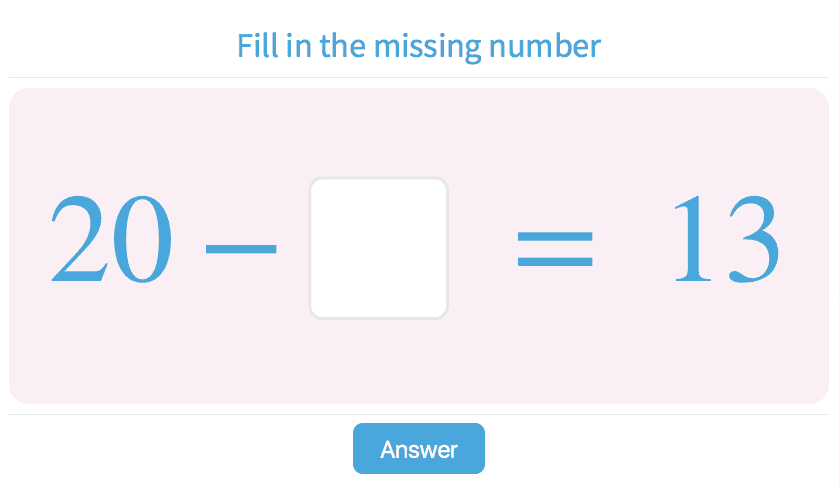
-
4.108Complete the Subtraction Sentence with Operands Up to 1000
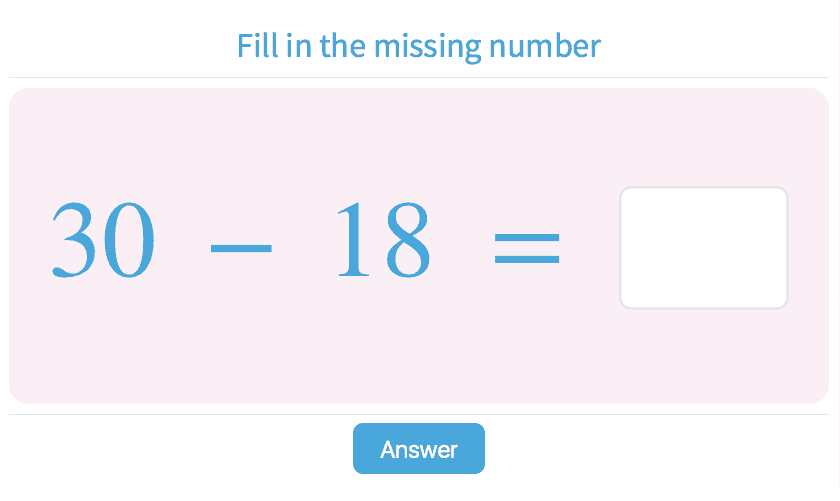
-
-
Number Properties
-
4.14Compare Numbers Up to 10000000
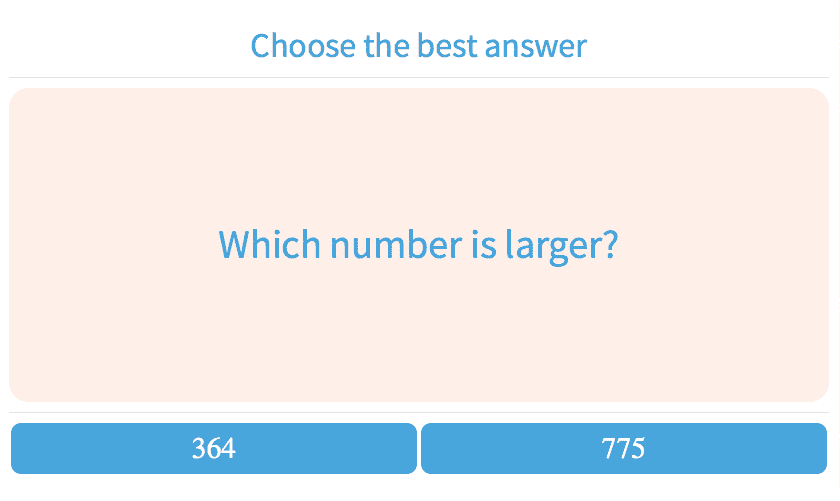
-
4.24Even or Odd I

-
4.26Prime and Composite Numbers
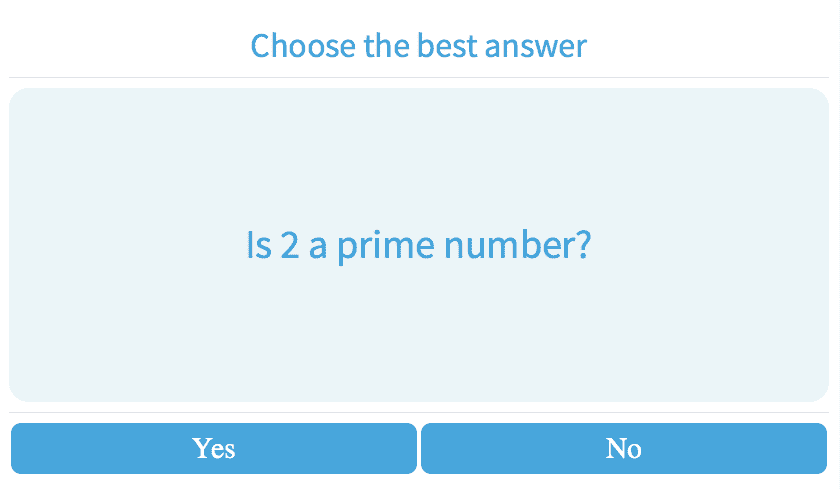
-
4.33Choose the Equivalent Fraction Up to Twentieths
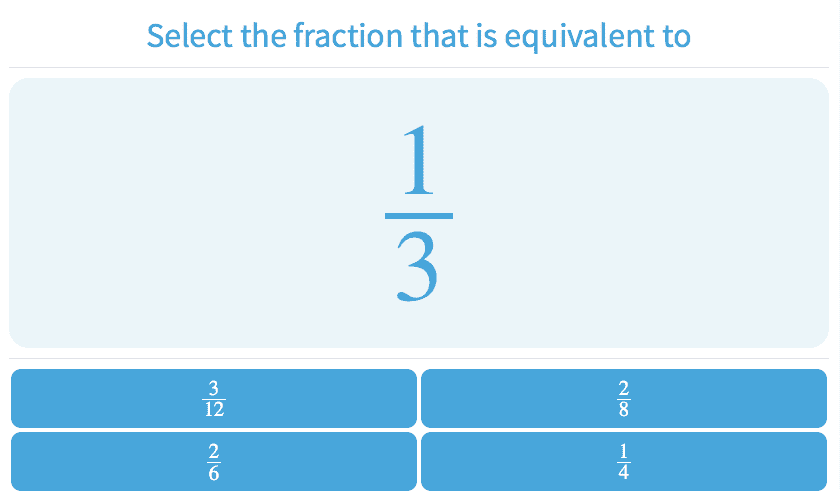
-
4.34Choose the Equivalent Fraction
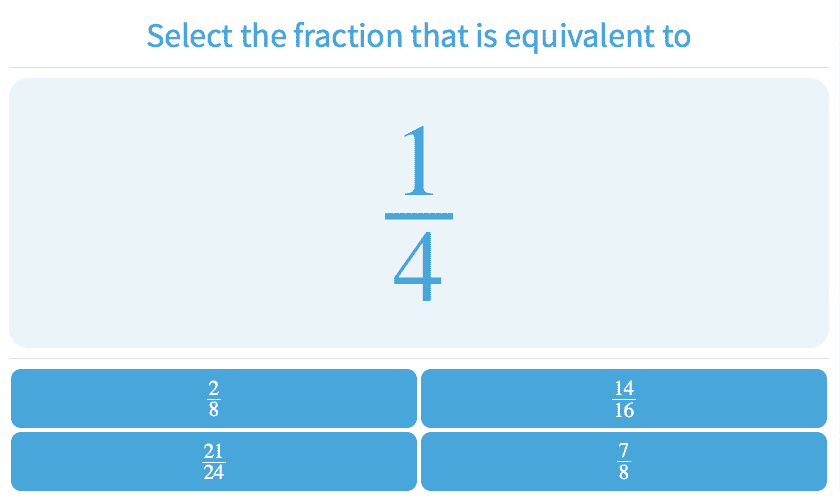
-
4.44Identify Place Values in Decimal Numbers
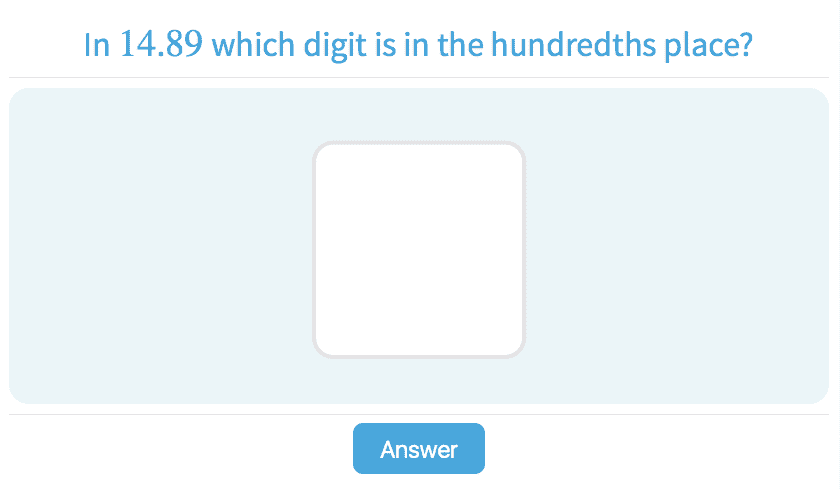
-
4.50Understanding Integers
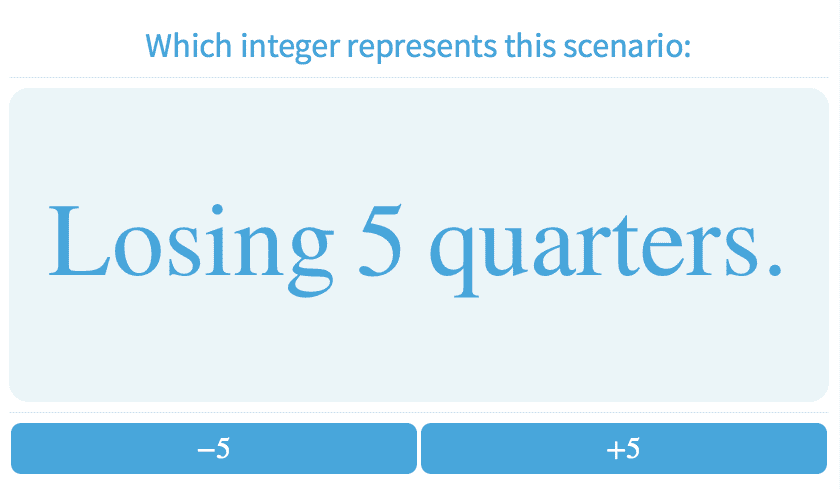
-
4.51Integers: Understanding Integers

-
4.71Properties of Addition

-
4.72Choose Properties of Multiplication
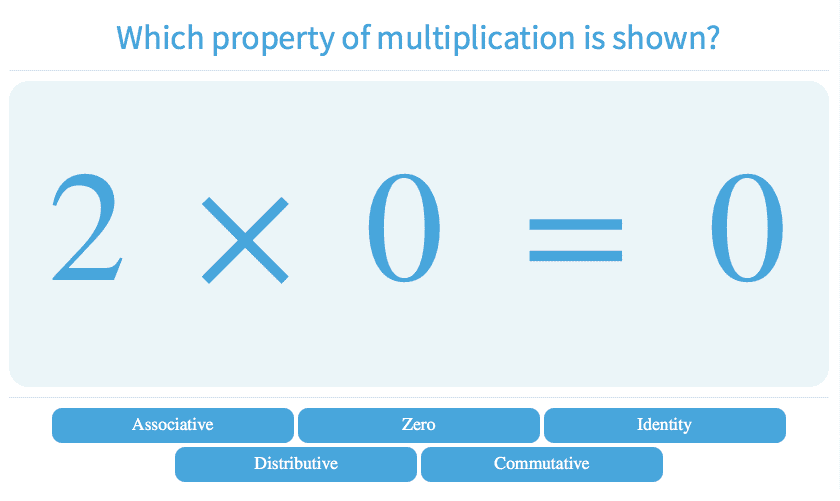
-
4.73Factors of Multiplication
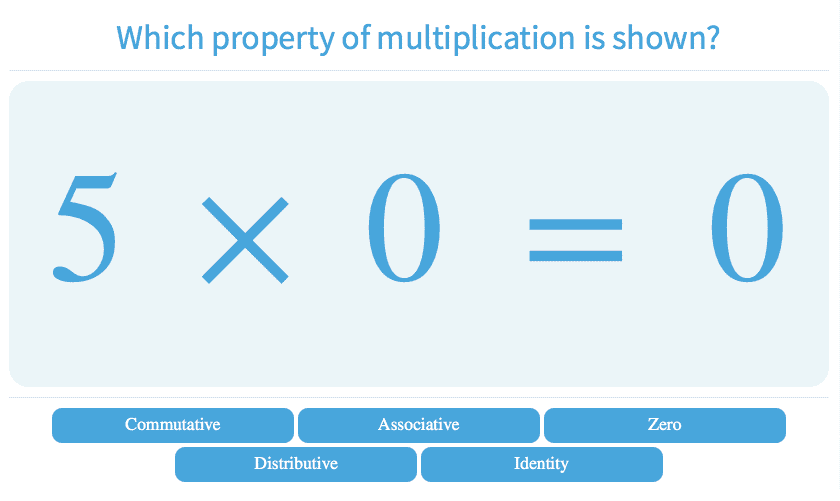
-
4.74Properties of Multiplication with Factors Up to 12

-
4.82Estimate Quotients
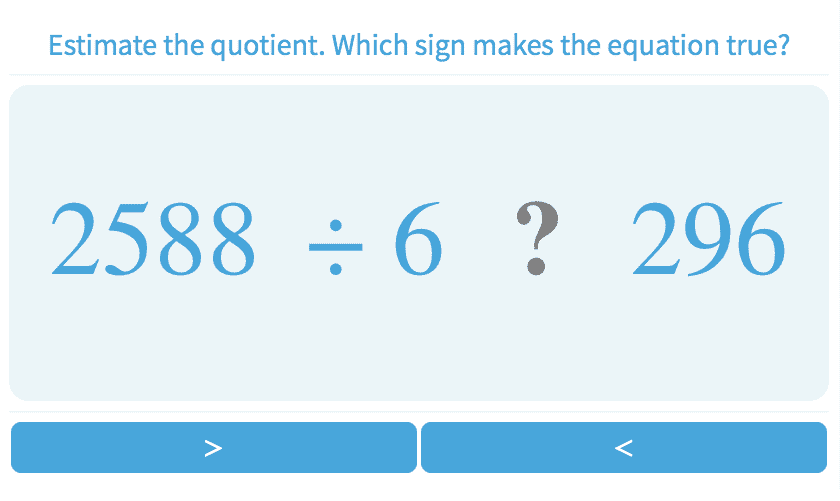
-
4.99Divisibility Rules with Numbers Up to 10,000

-
4.100Divisibility Rules with Dividend Up to 10,000,000

-
4.101Divisibility Rules

-
4.113Inequalities with Multiplication
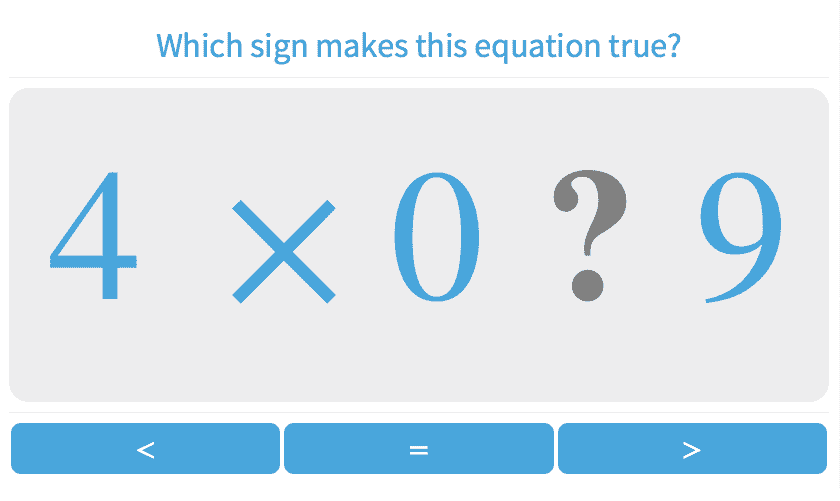
-
4.114Properties of Division
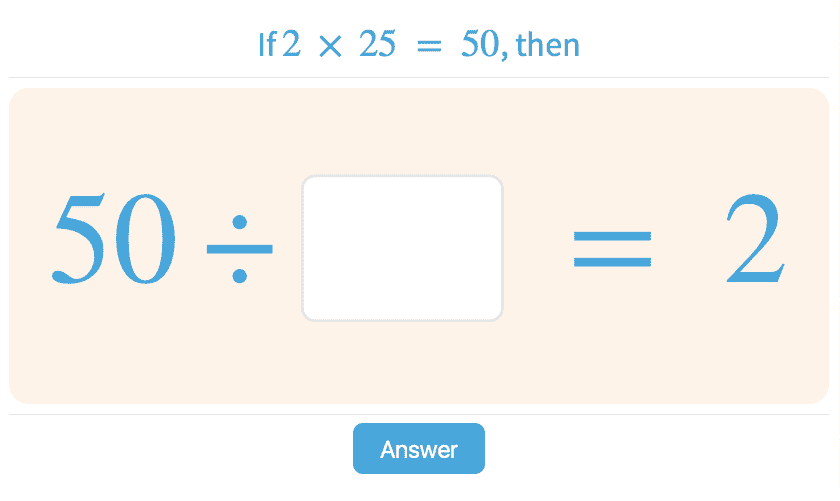
-
4.127Inequalities with Decimal Addition and Subtraction
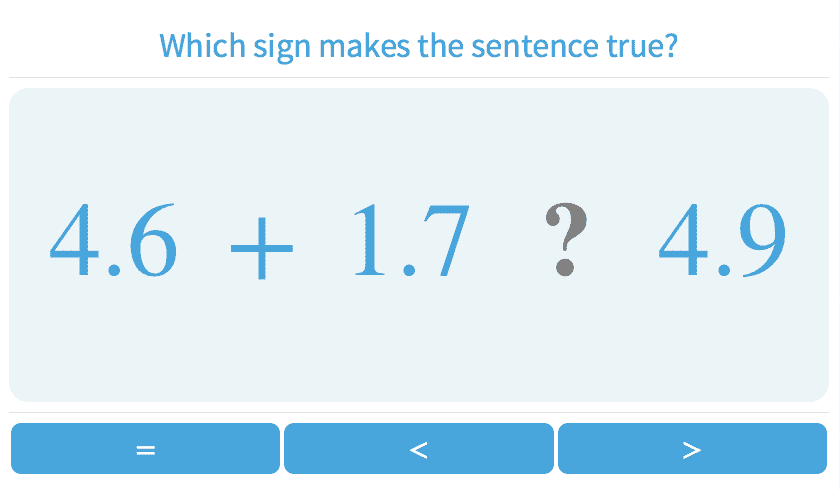
-
-
Estimation
-
4.27Rounding with Numbers Up to 5000
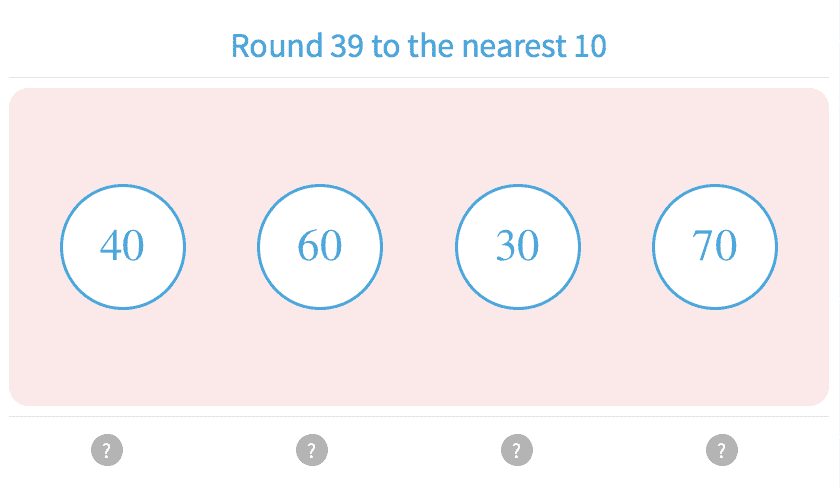
-
4.48Round Decimals
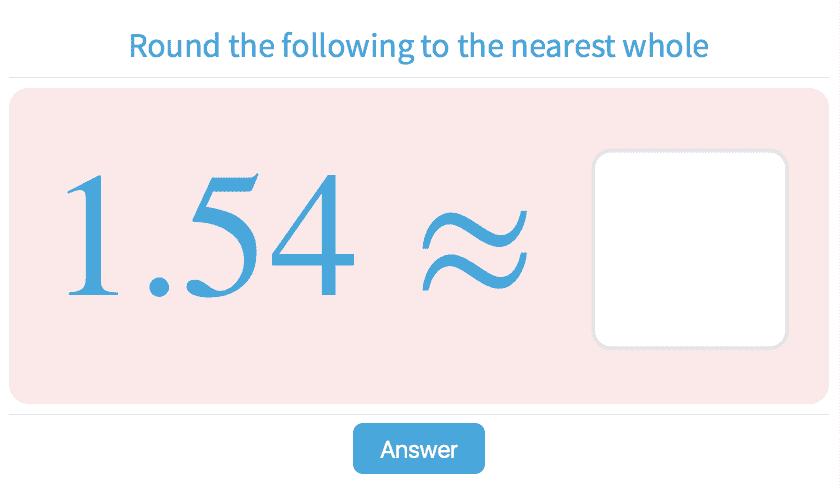
-
4.76Estimate Sums with Numbers Up to 100,000
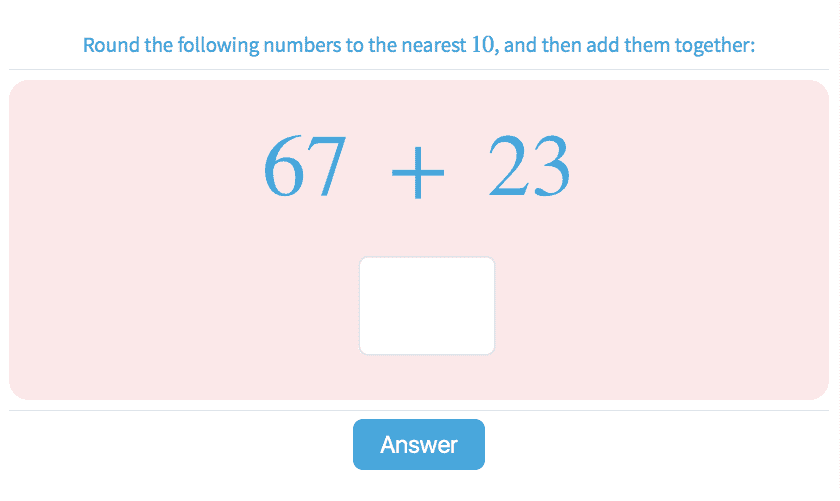
-
4.77Estimate Sums
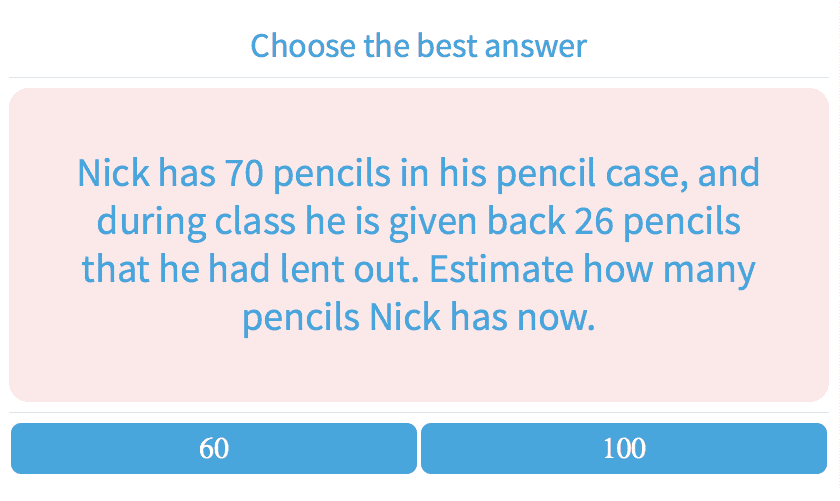
-
4.78Estimate Differences
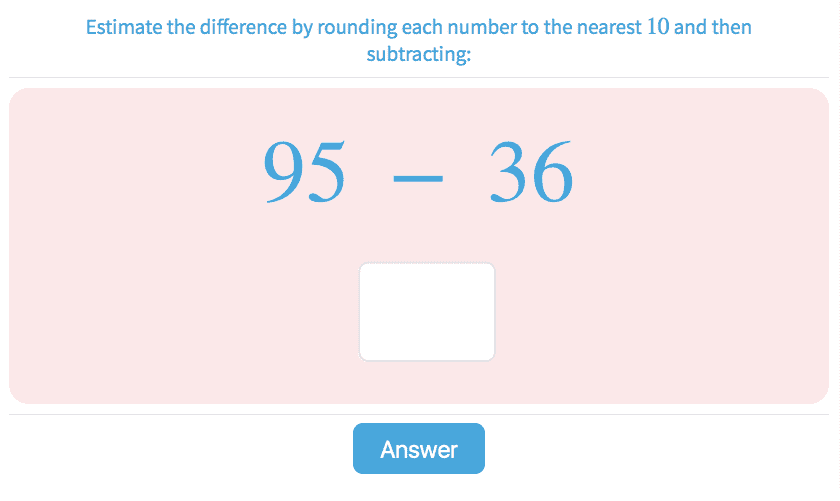
-
4.79Estimate Differences
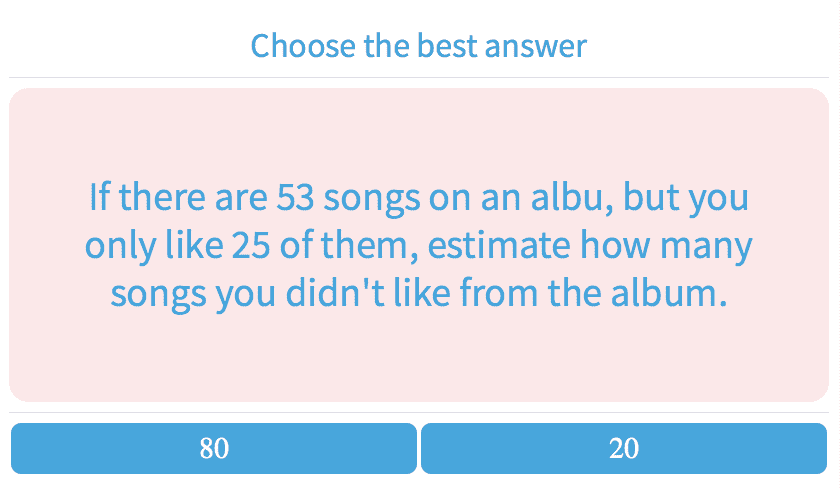
-
4.80Estimate Products Up to 100,000
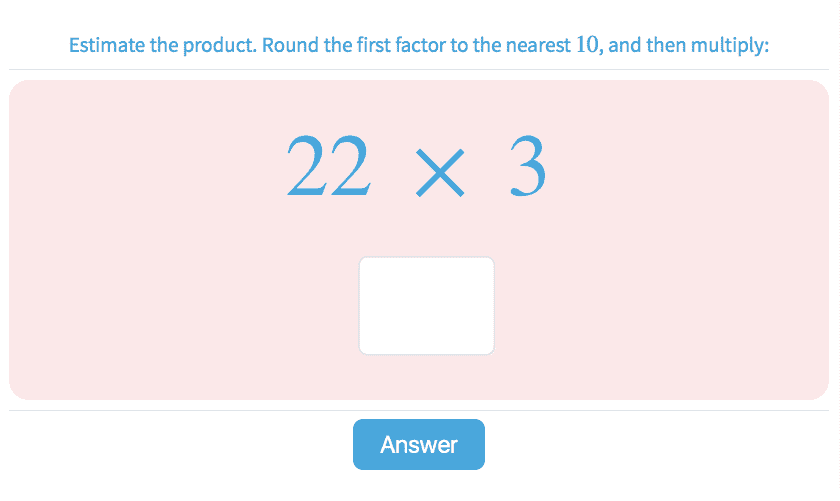
-
4.82Estimate Quotients

-
4.83Estimate Quotients Up to 10,000
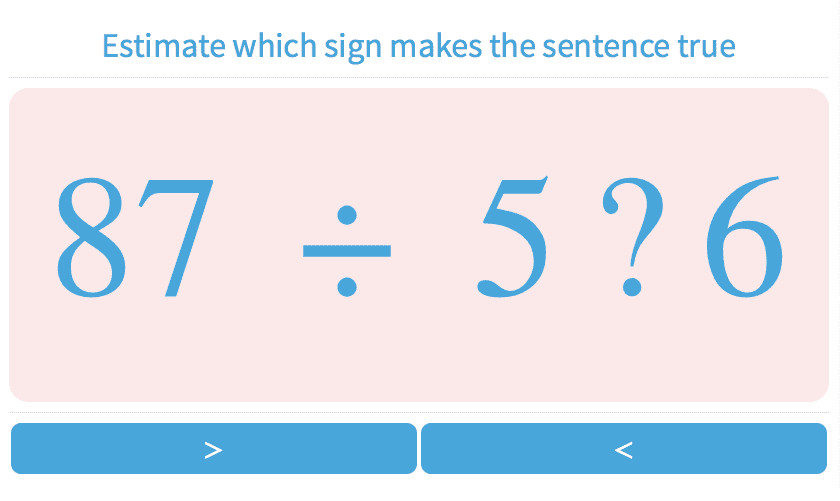
-
4.84Estimate Quotients Up to 1000
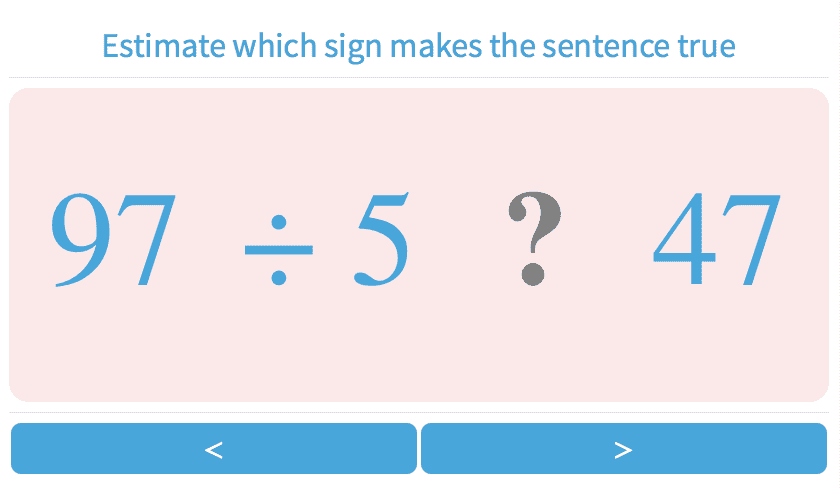
-
4.85Estimate Mixed Equations
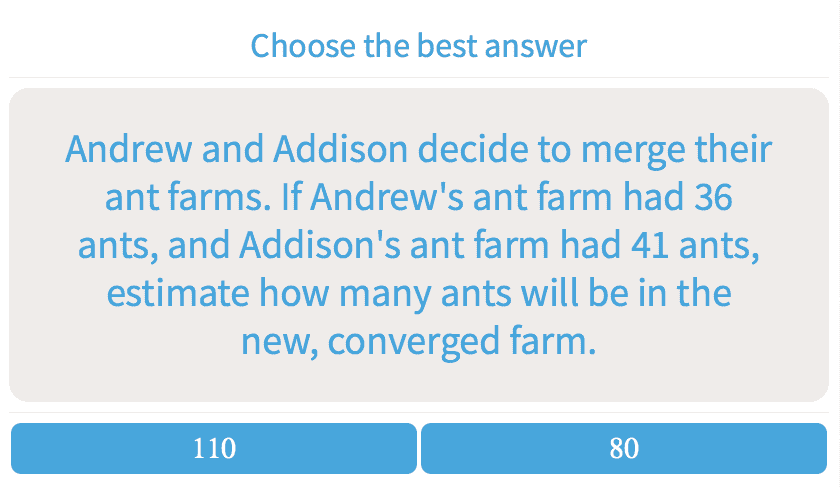
-
4.119Estimate Sums and Differences of Decimals
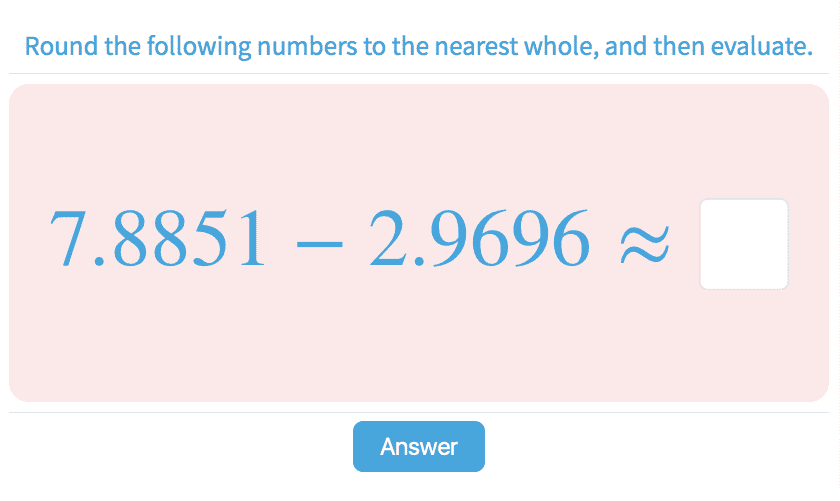
-
4.120Estimate Sums and Differences of Decimals Up to 100
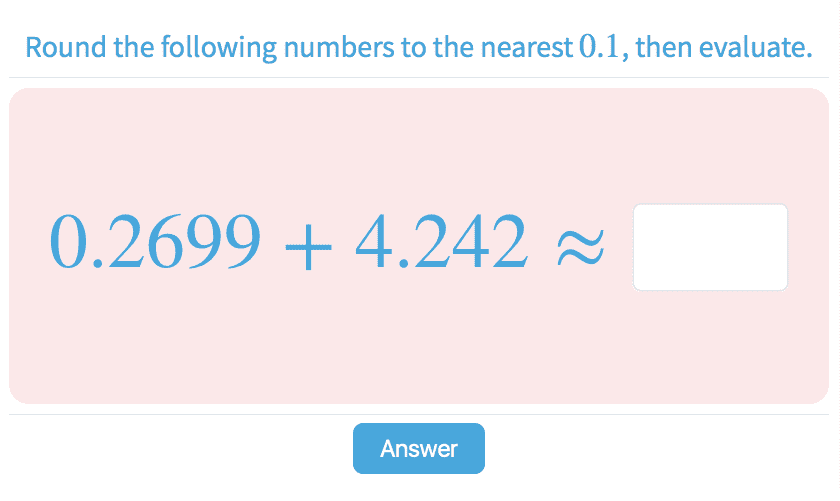
-
-
Fractions
-
4.28Identify Fractions Up to Tenths
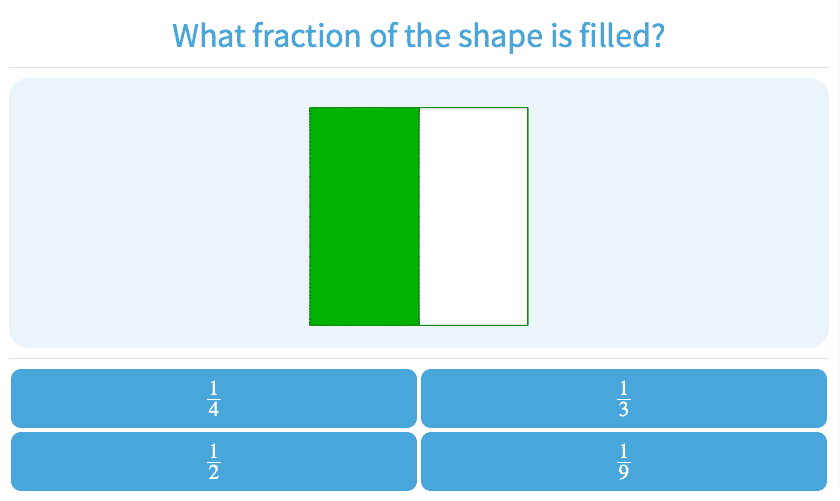
-
4.29Fraction
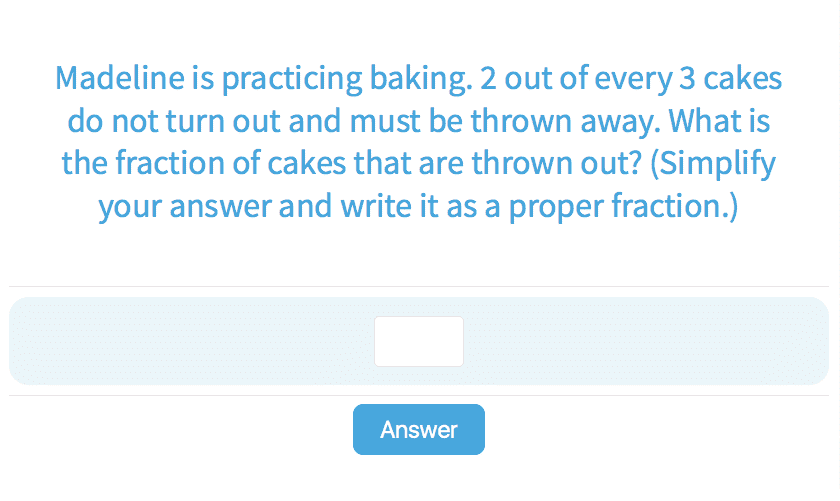
-
4.30What Mixed Fraction Is Shown?

-
4.31Compare Fractions
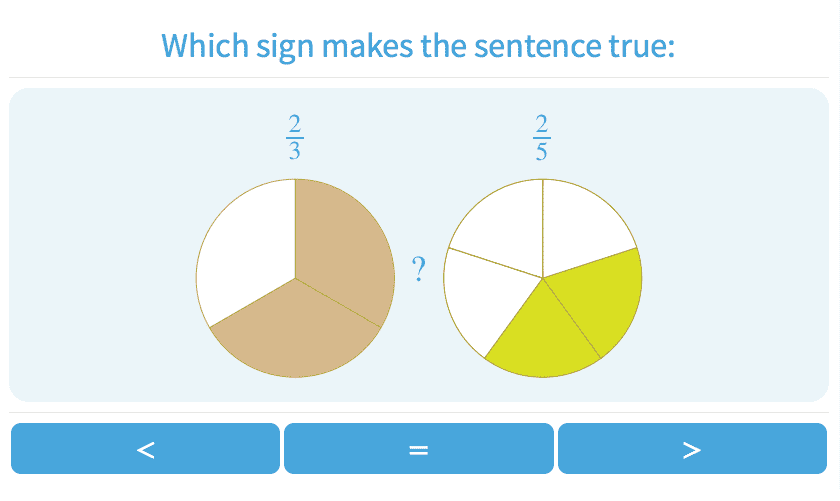
-
4.33Choose the Equivalent Fraction Up to Twentieths

-
4.34Choose the Equivalent Fraction

-
4.35Patterns of Equivalent Fractions

-
4.36Reduce to Lowest Terms
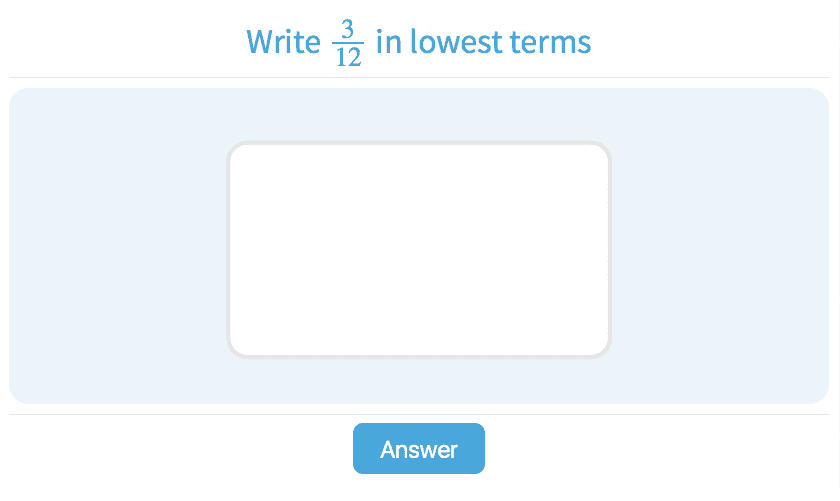
-
4.37Reducing Fractions to Lowest Terms
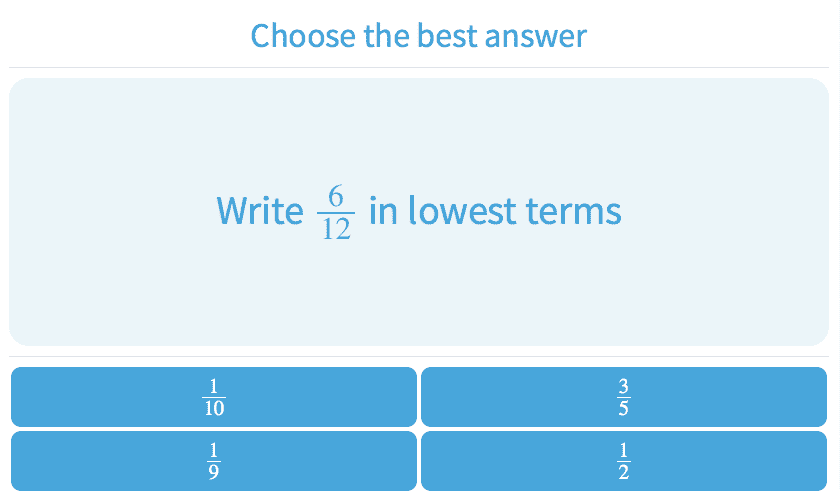
-
4.39Convert Fractions and Mixed Numbers to Decimals
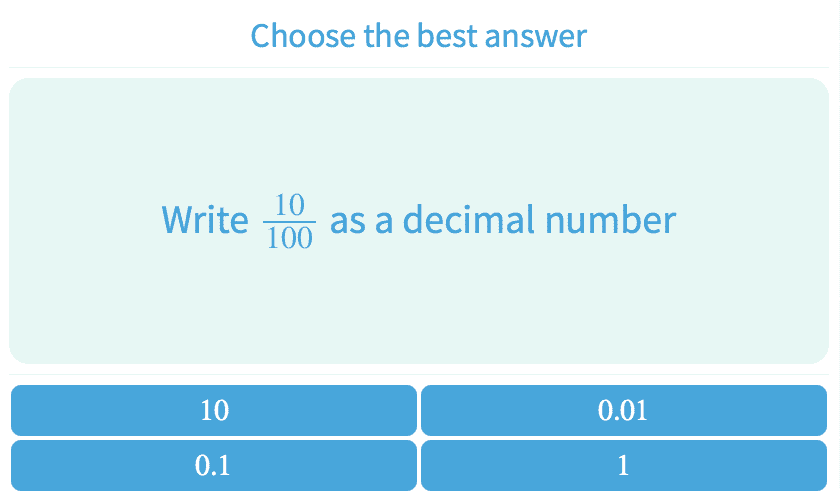
-
4.40Convert Decimals to Fractions and Mixed Numbers
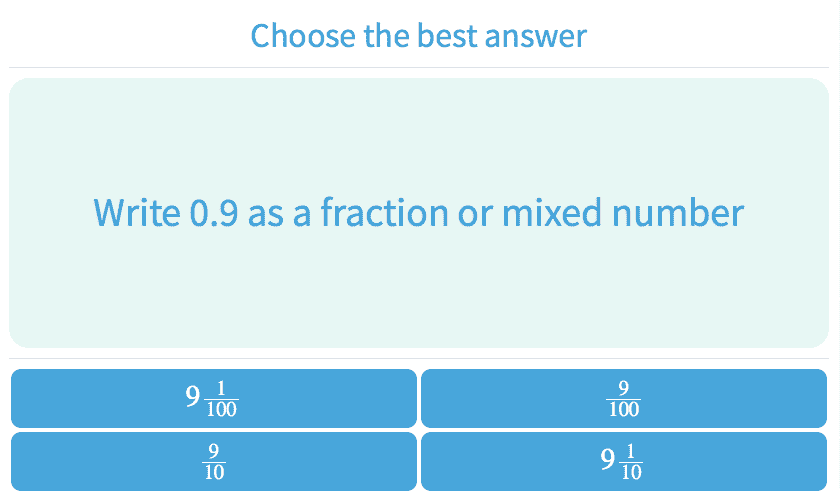
-
4.118Equal Fractions with Denominators of 10, 100, 1000
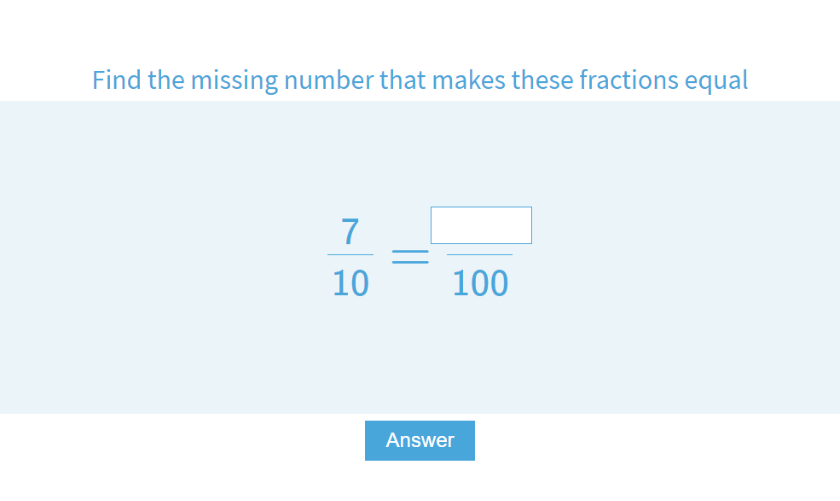
-
-
Decimals
-
4.38Decimals with Models
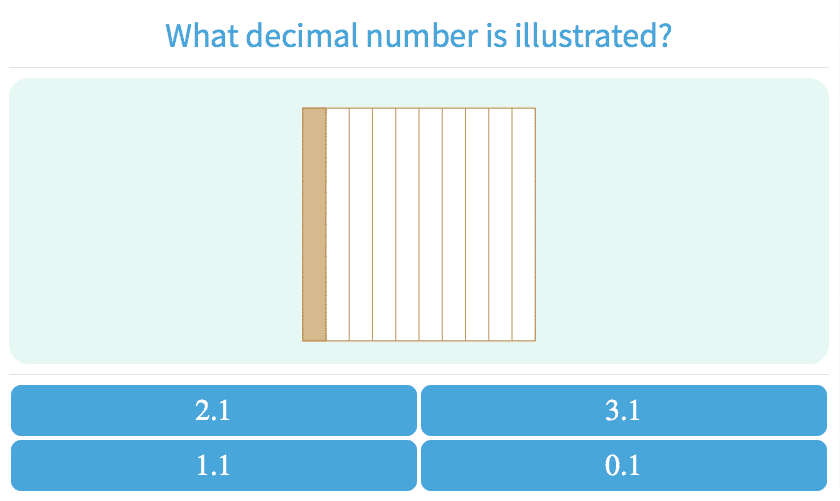
-
4.39Convert Fractions and Mixed Numbers to Decimals

-
4.40Convert Decimals to Fractions and Mixed Numbers

-
4.43Understanding Decimals Expressed in Words
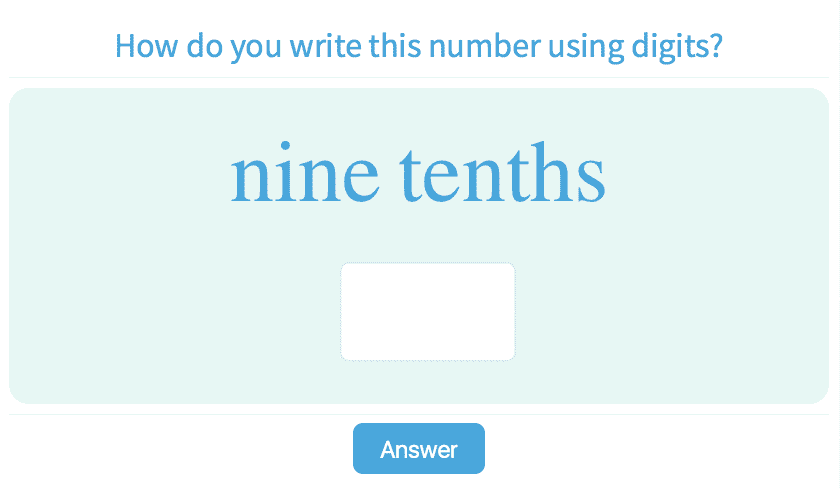
-
4.44Identify Place Values in Decimal Numbers

-
4.46Compare Decimal Numbers Up to 4 Places
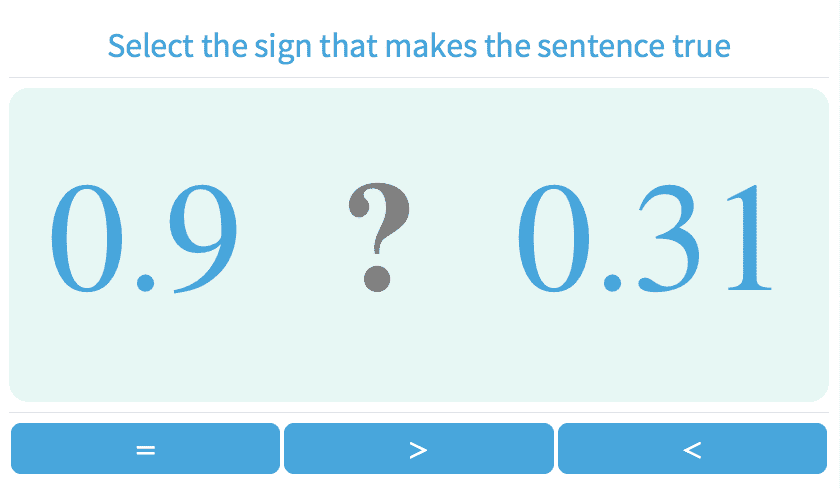
-
4.47Compare Decimal Numbers Up to 2 Places
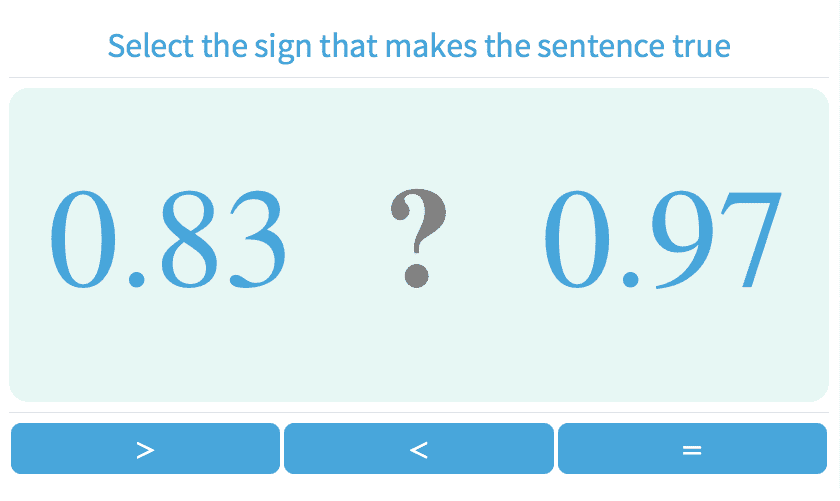
-
4.121Add and Subtract Decimal Numbers Up to 2 Places
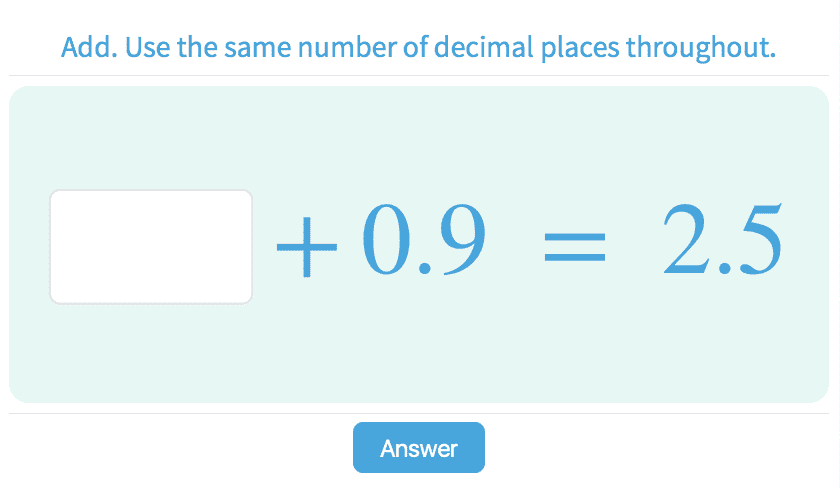
-
4.122Add and Subtract Decimals
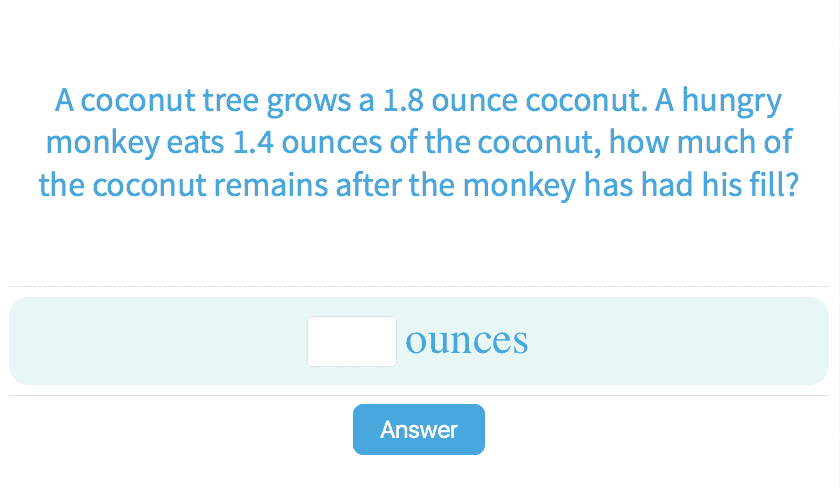
-
4.123Add and Subtract Decimals Up to 10
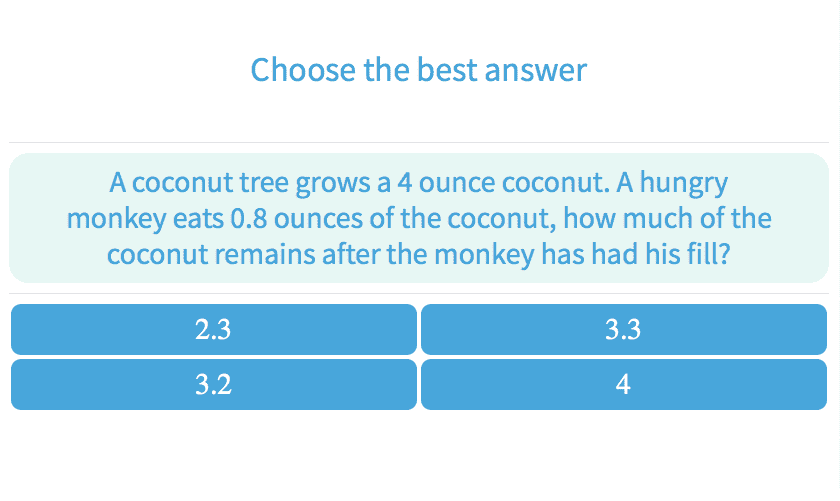
-
4.124Add and Subtract Decimal Up to 100

-
4.126Complete the Addition or Subtraction Sentence
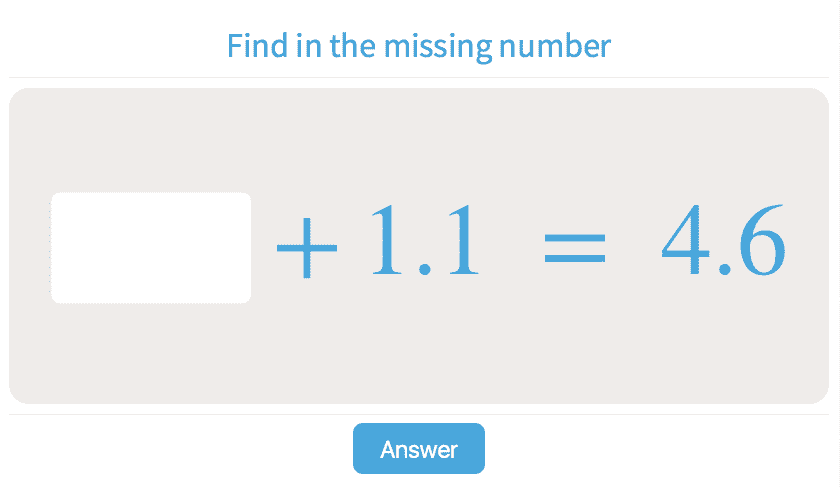
-
4.127Inequalities with Decimal Addition and Subtraction

-
- Comparison
-
Mixed Equations
-
4.53Mixed Equation with Numbers Up to 10000
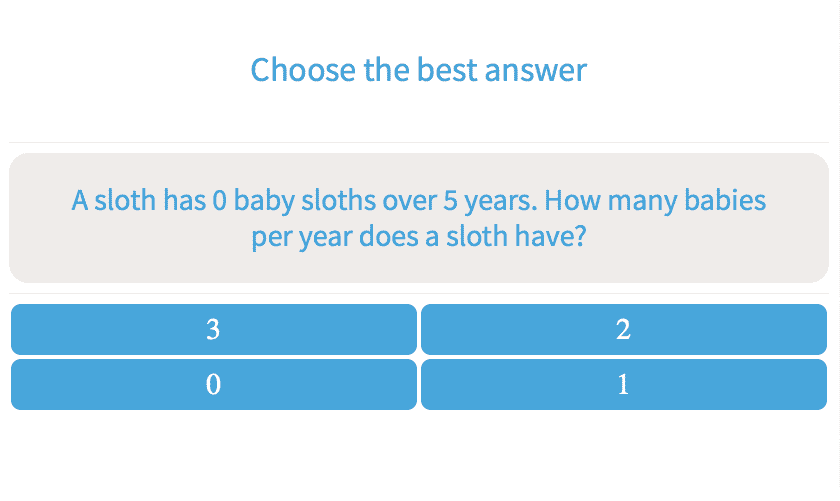
-
4.54Mixed Equation with Numbers Up to 100
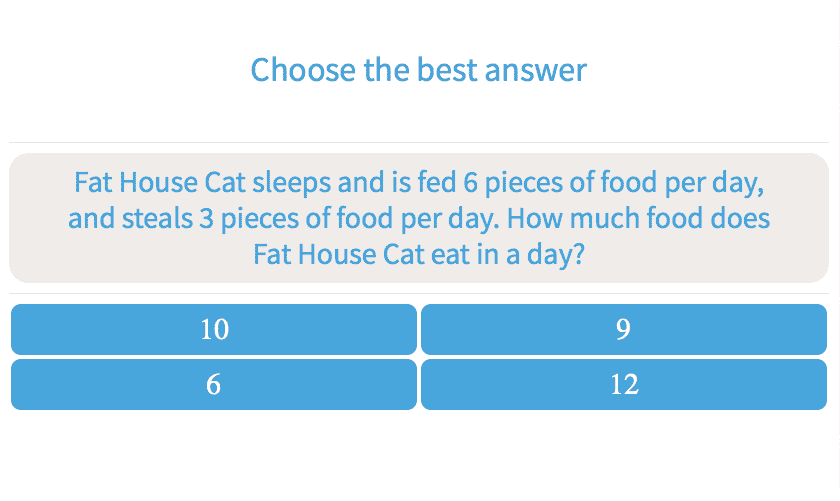
-
4.55Multi-Step

-
4.56Extra or Missing Information
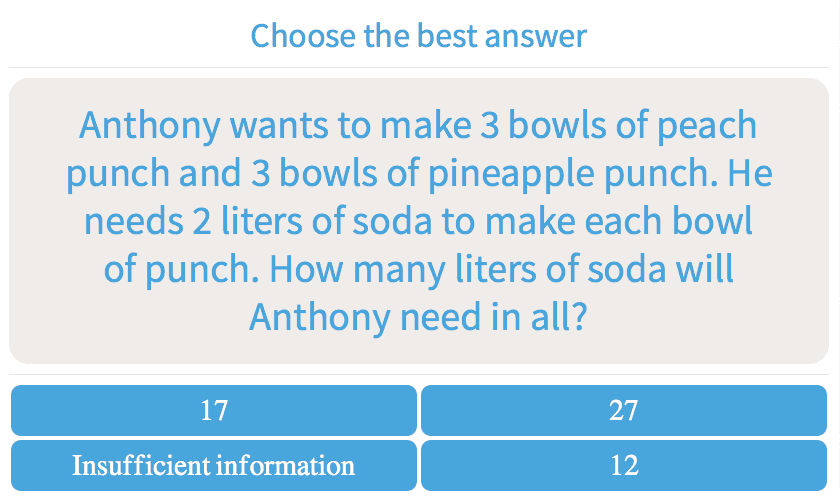
-
4.85Estimate Mixed Equations

-
4.109Complete the Mixed Equation Sentence
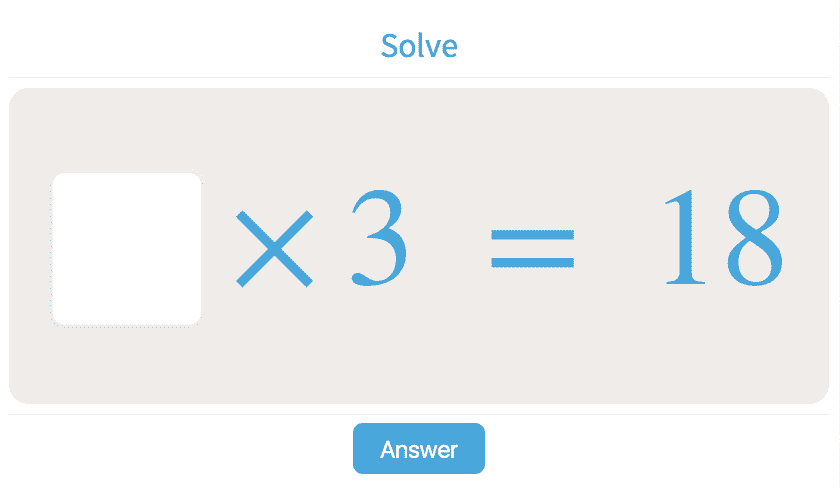
-
4.121Add and Subtract Decimal Numbers Up to 2 Places

-
4.122Add and Subtract Decimals

-
4.123Add and Subtract Decimals Up to 10

-
4.124Add and Subtract Decimal Up to 100

-
4.126Complete the Addition or Subtraction Sentence

-
4.127Inequalities with Decimal Addition and Subtraction

-
-
Multiplication
-
4.60Multiplication Up to 1000
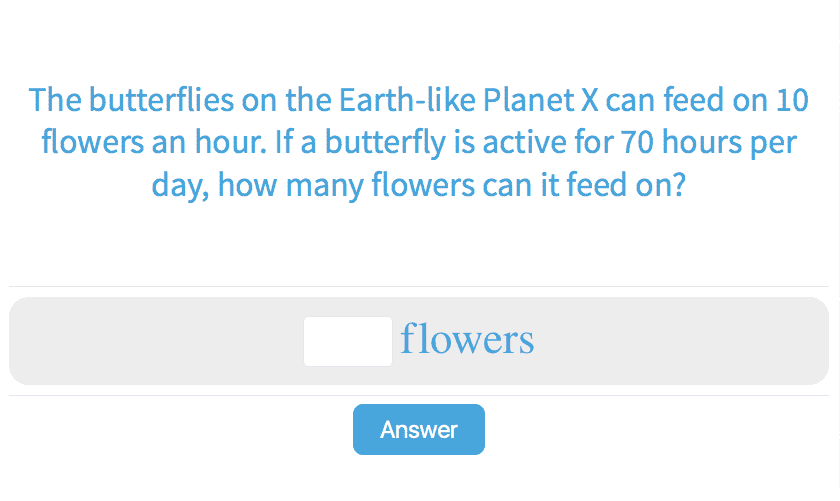
-
4.61Multiplication with Operands Up to 100 III
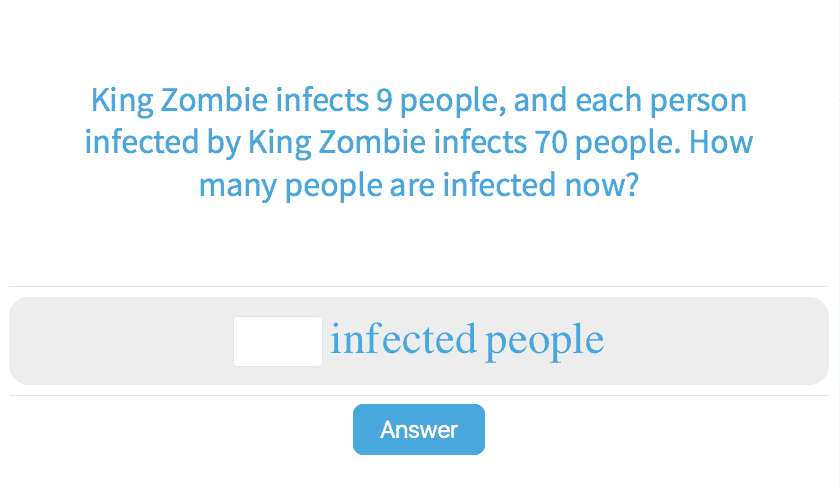
-
4.62Multiply Three or More Numbers
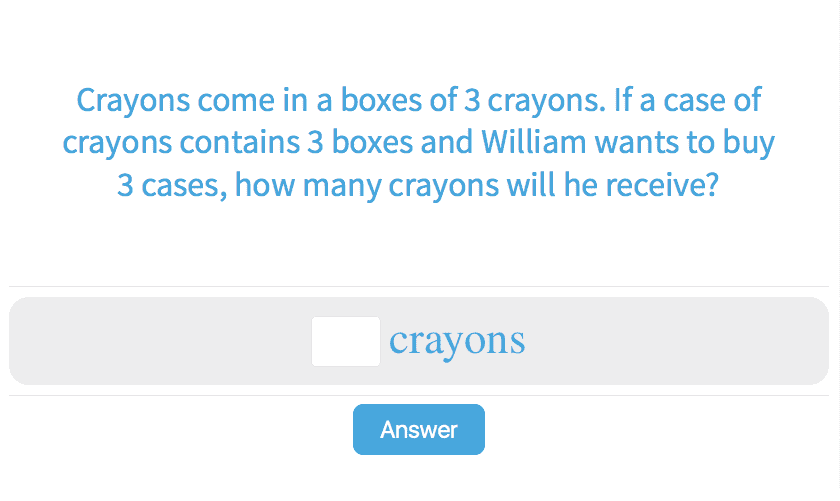
-
4.63Multiply Three or More Numbers Up to 100
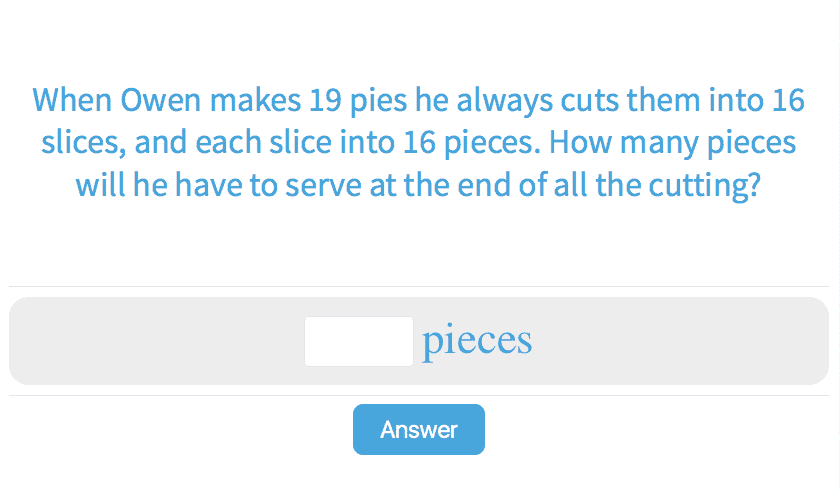
-
4.72Choose Properties of Multiplication

-
4.73Factors of Multiplication

-
4.74Properties of Multiplication with Factors Up to 12

-
4.81Estimate Products

-
4.91Multiplication with a Specific Number Up to 12
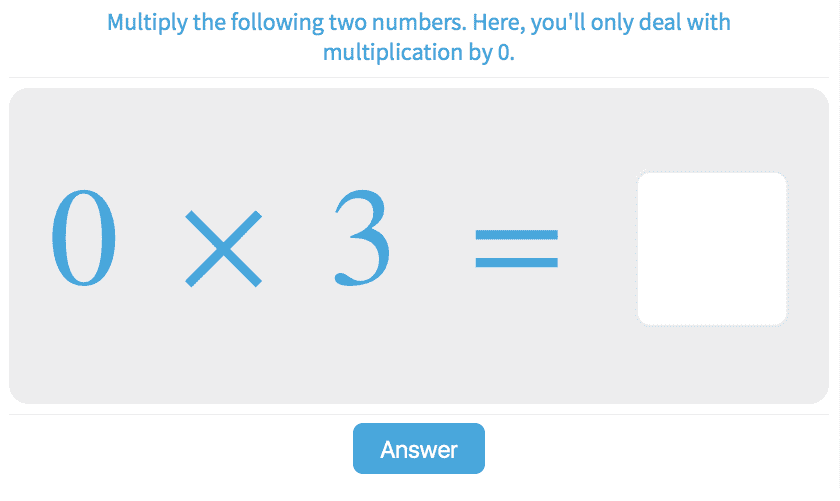
-
4.92Multiply Two Numbers Up to 500
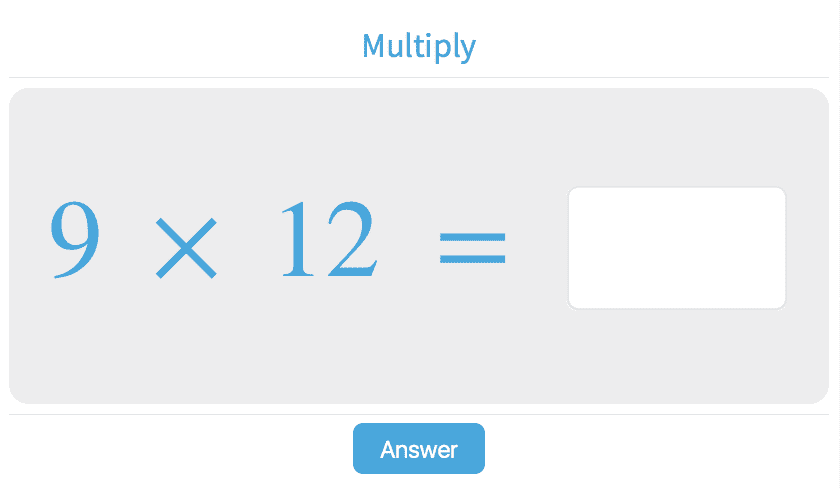
-
4.93Multiply Two Numbers Up to 100
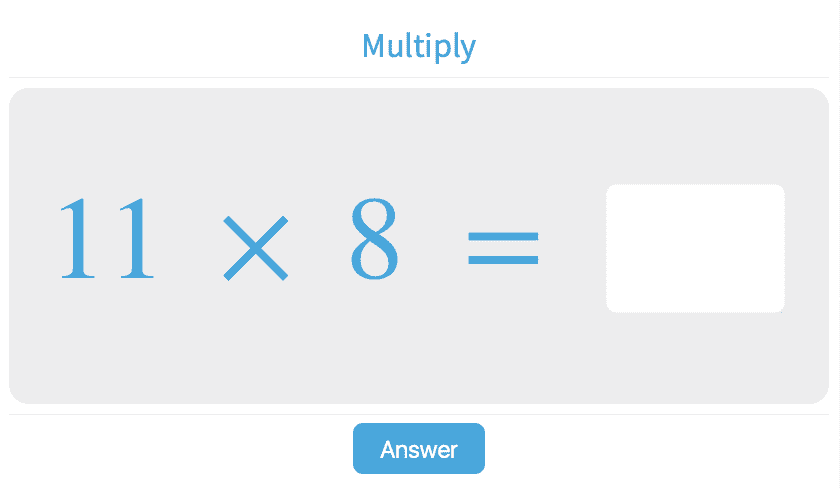
-
4.94Multiplication
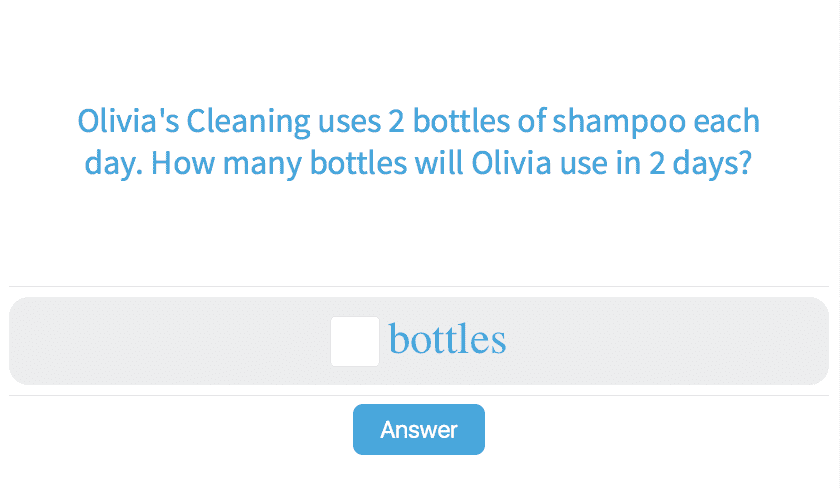
-
4.95Multiply Numbers Up to 1000 Ending in Zeros
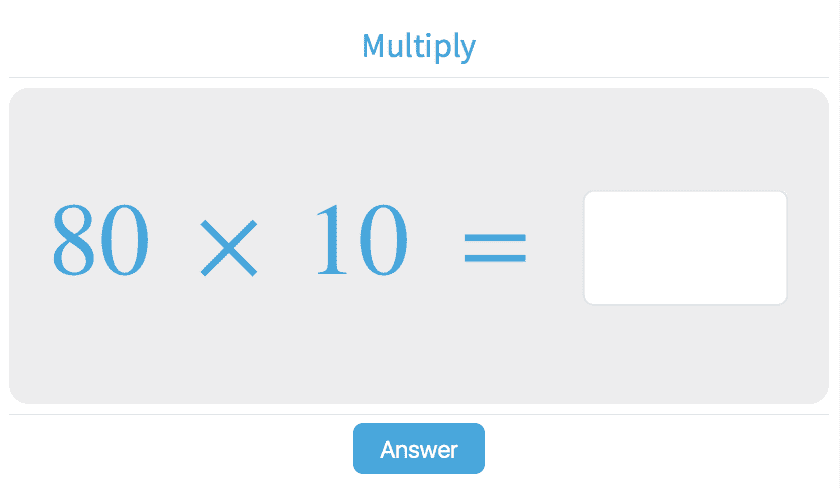
-
4.112Multiply 3, 4 Numbers Up to 100
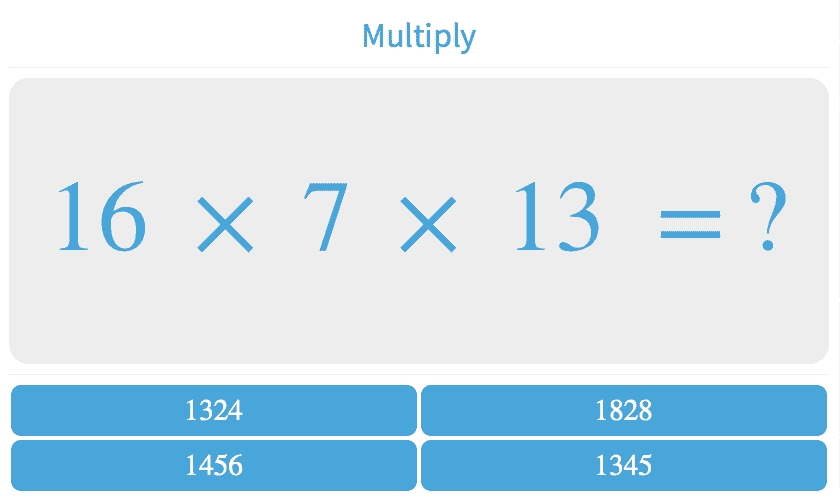
-
4.113Inequalities with Multiplication

-
4.115Find Missing Factors
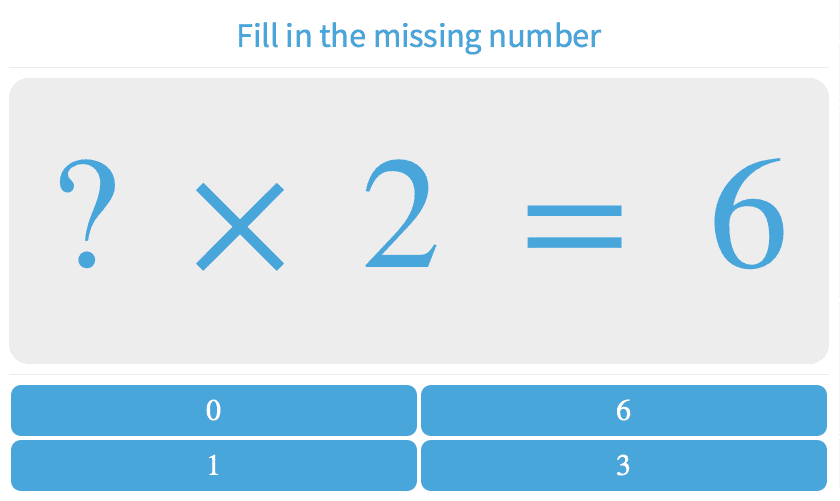
-
-
Division
-
4.64Division with Divisors Up to 10
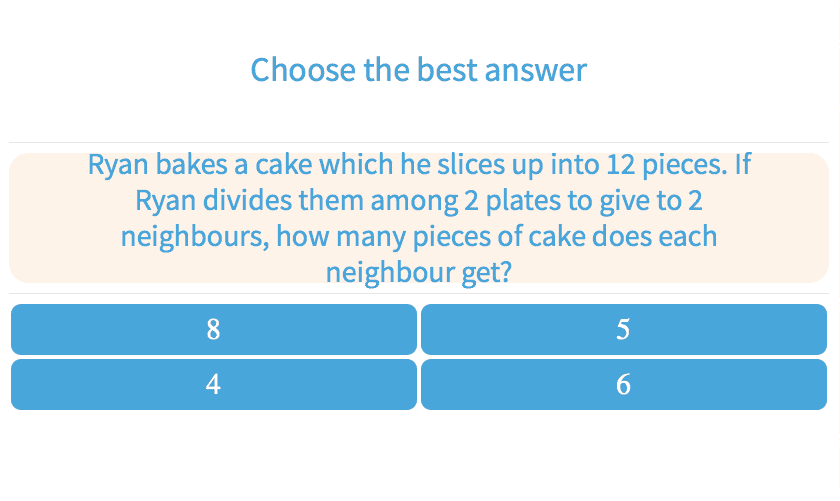
-
4.65Division with Dividend Up to 1000
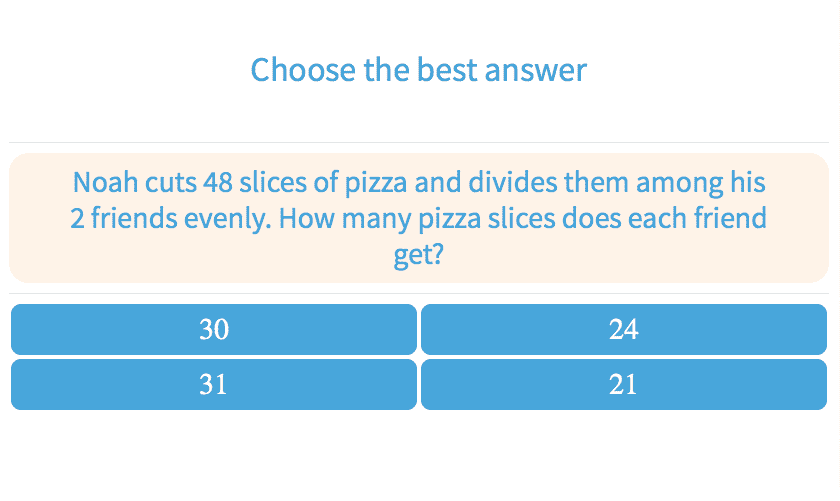
-
4.96Division with Divisors Up to 10
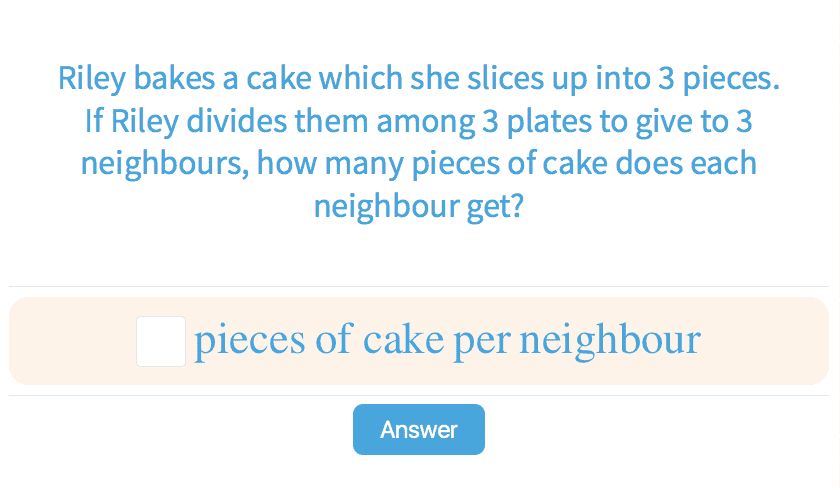
-
4.97Division with Remainder with Numbers Up to 1000
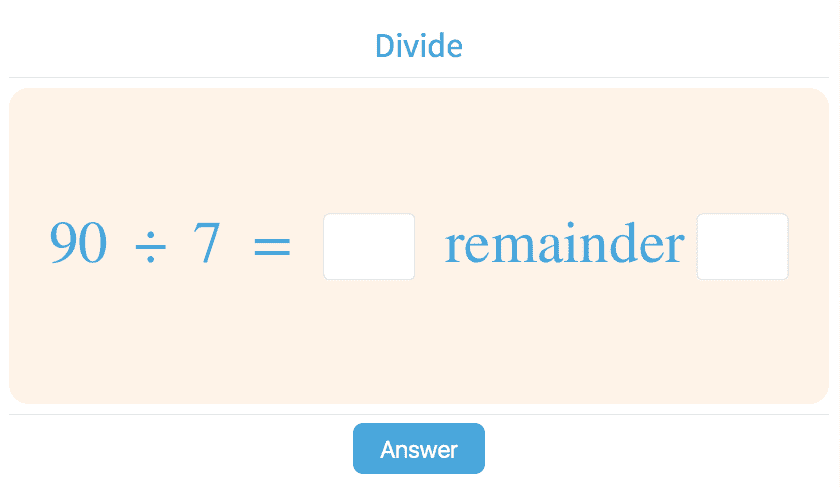
-
4.99Divisibility Rules with Numbers Up to 10,000

-
4.100Divisibility Rules with Dividend Up to 10,000,000

-
4.101Divisibility Rules

-
4.114Properties of Division

-
4.116Complete the Division Sentence
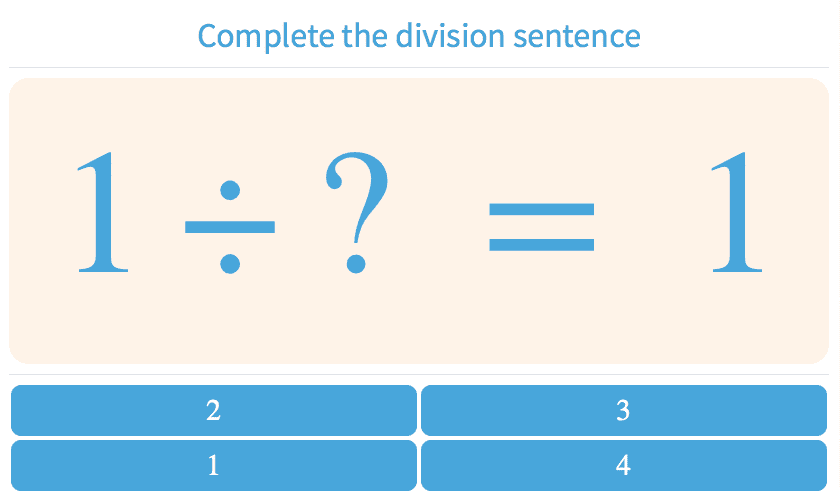
-
-
Geometry
-
4.67Compare Area and Perimeter of Two Figures
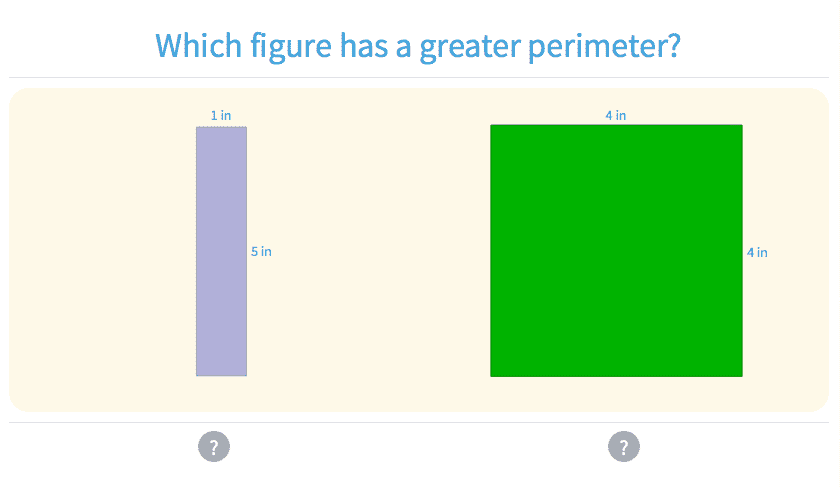
-
4.68Area of Rectangles
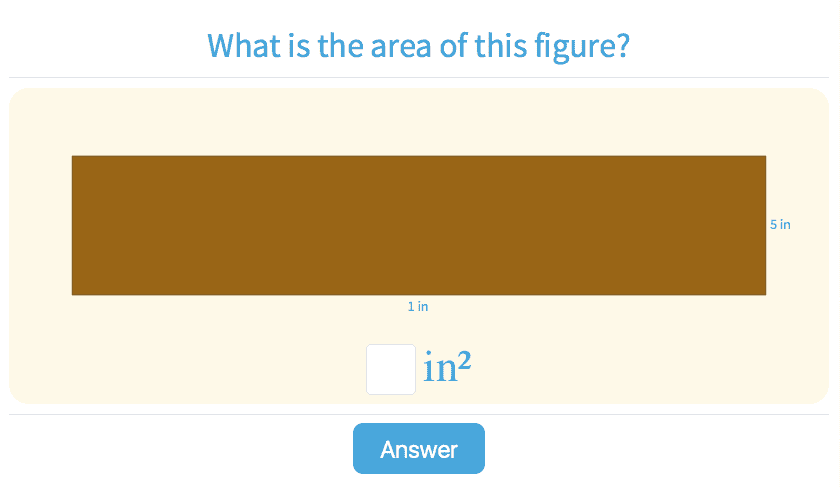
-
4.69Area with Unit Squares
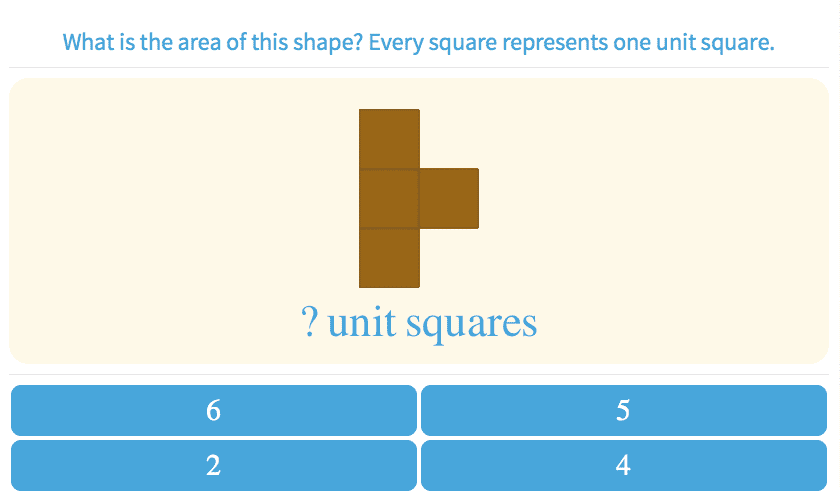
-
4.134Identify Simple and Complex Solid Shapes
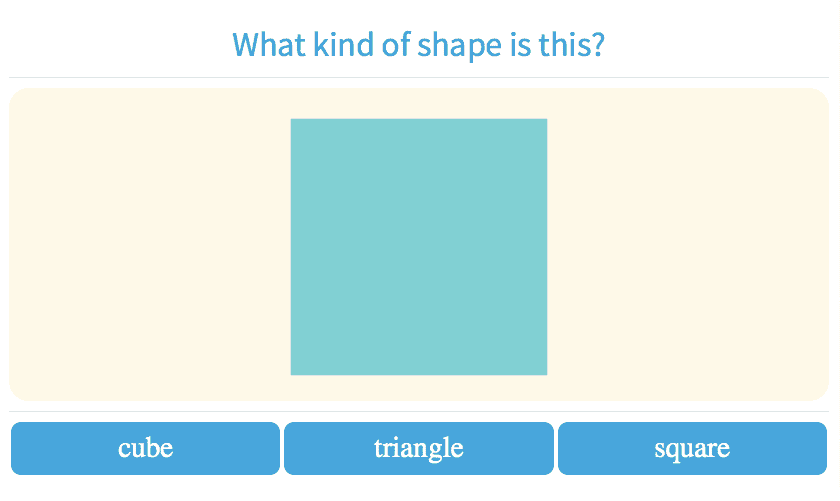
-
4.135Identify Planar and Solid Shapes

-
4.136Count Edges
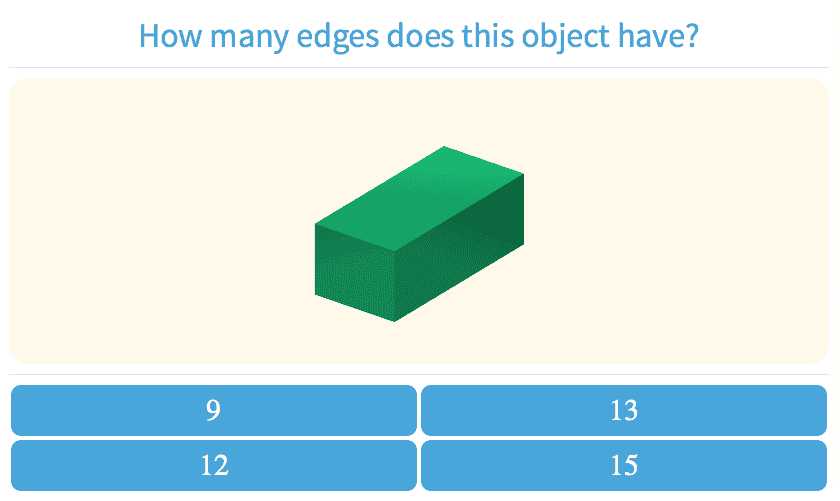
-
4.137Count Vertices
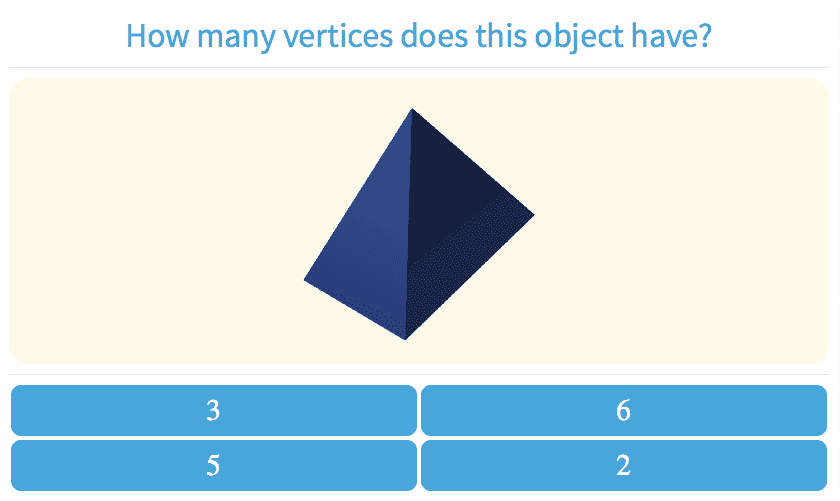
-
4.138Count Faces
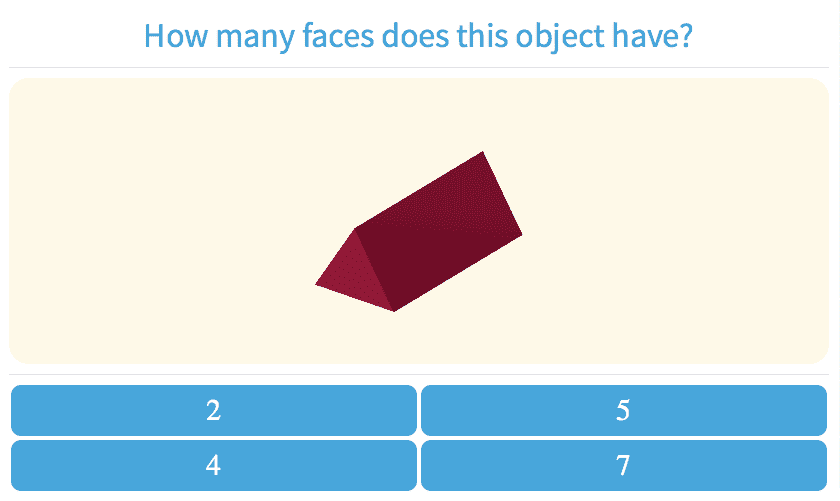
-
4.139Count Edges, Vertices and Faces
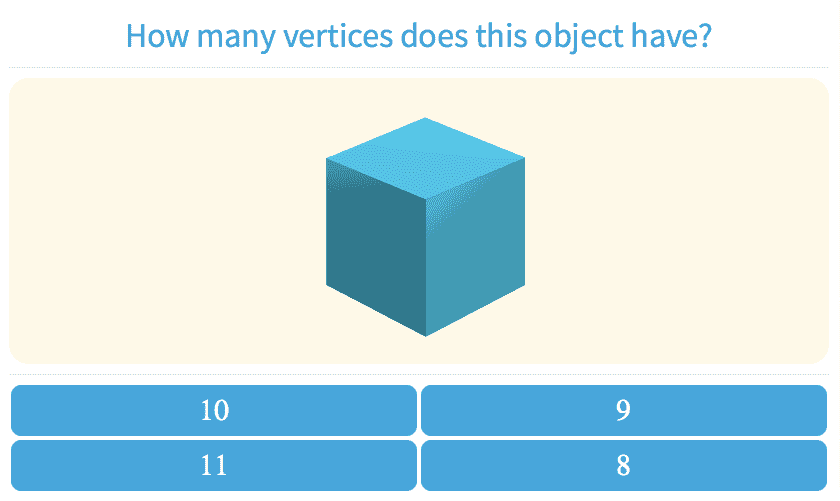
-
4.140Nets of 3-Dimensional Figures
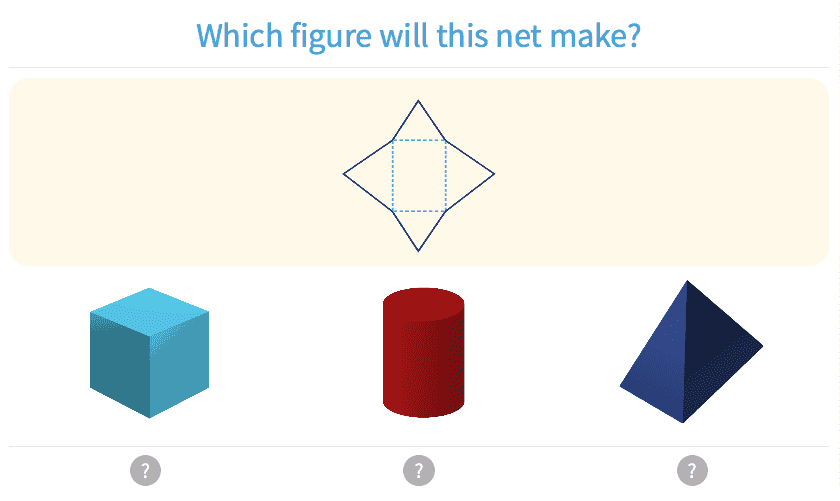
-
4.141Which 2 Dimensional Shape Is Described?
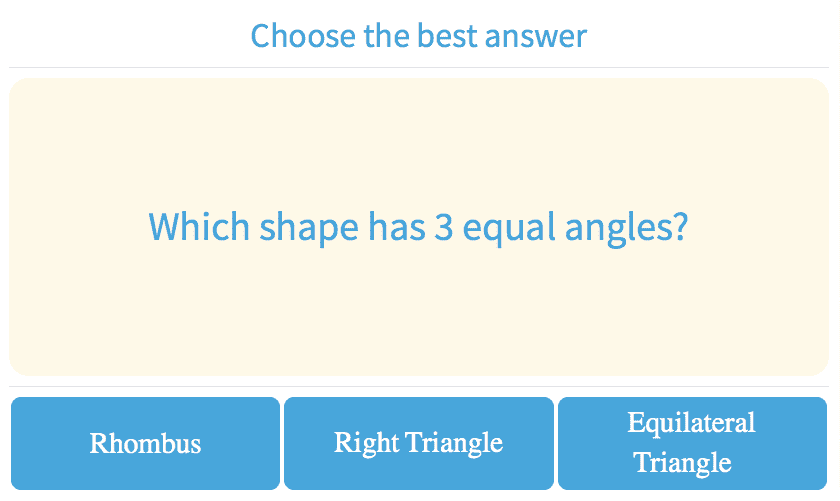
-
4.142Which Shape Is Described?

-
4.143Number of Sides in Polygons
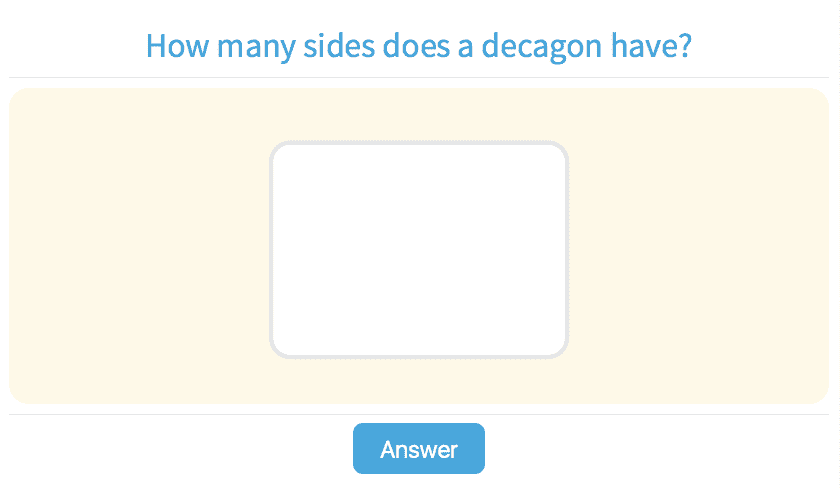
-
4.144Parallel, Perpendicular, Intersecting
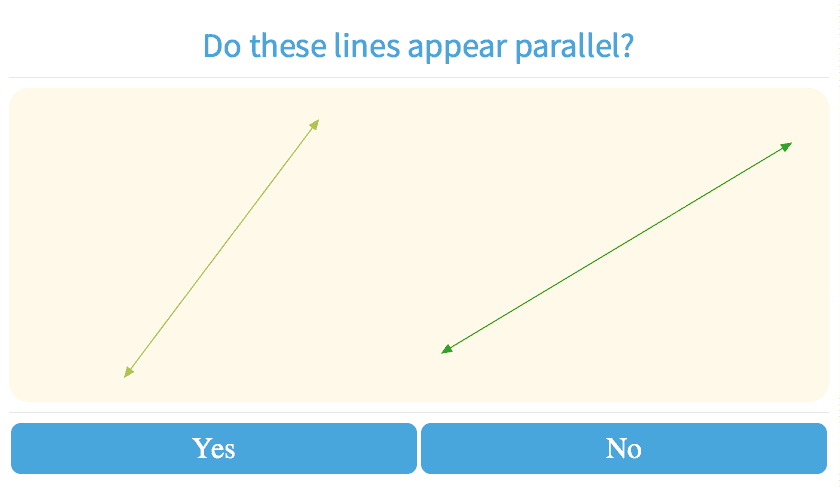
-
4.145Classify Quadrilateral Shapes
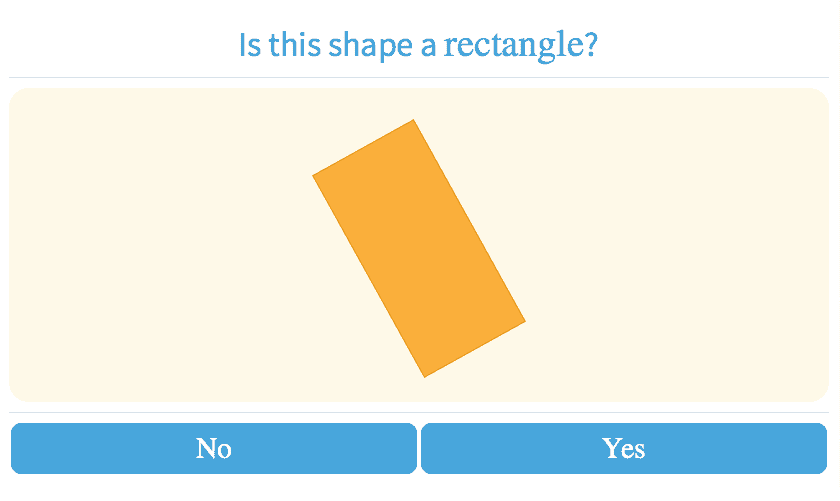
-
4.146Identify Same Shapes
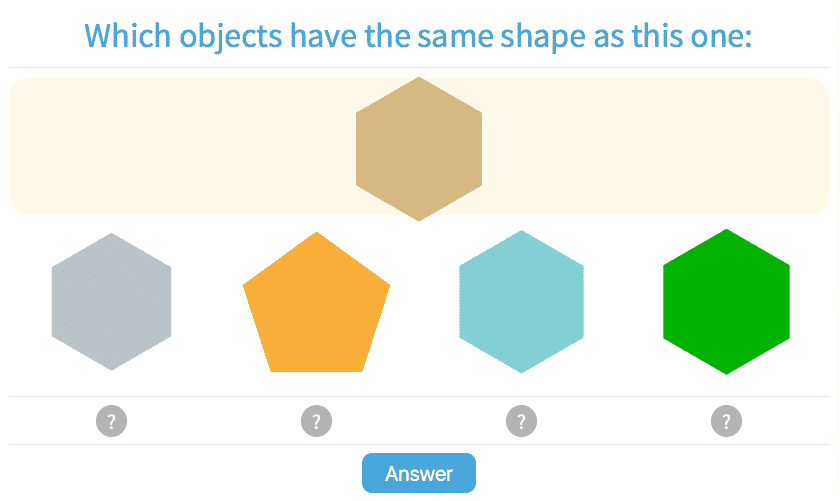
-
4.147Comparing Objects - Same / Different
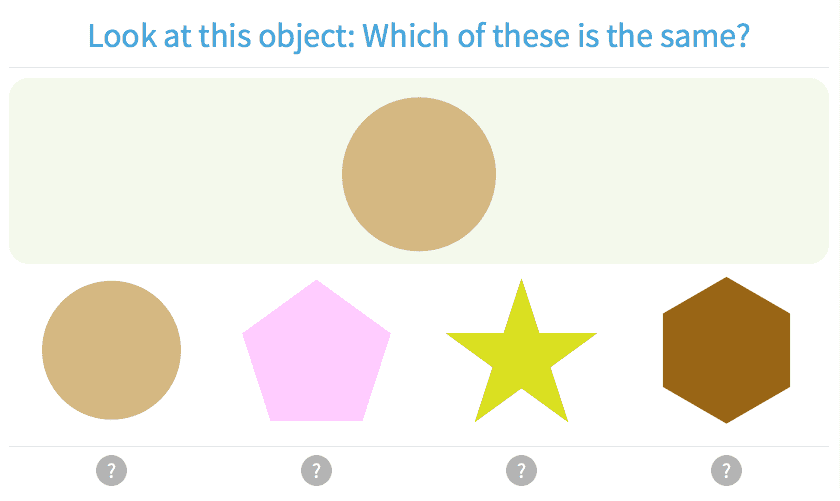
-
4.148Symmetry
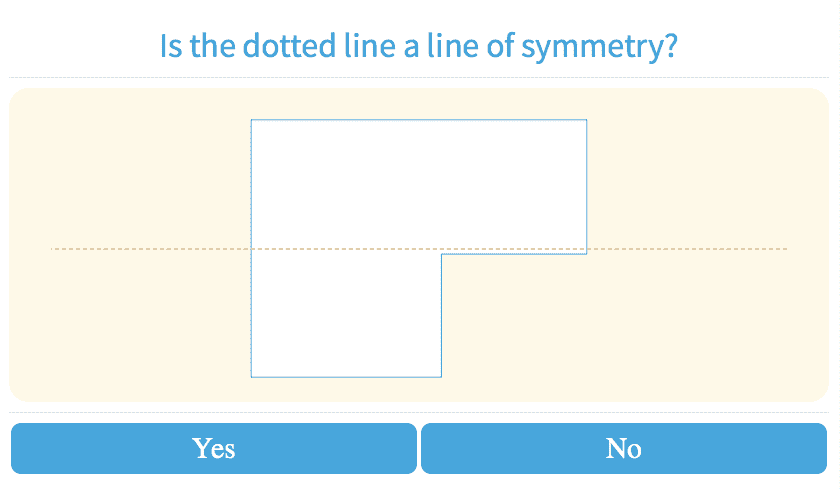
-
4.152Perimeter with Unit Squares
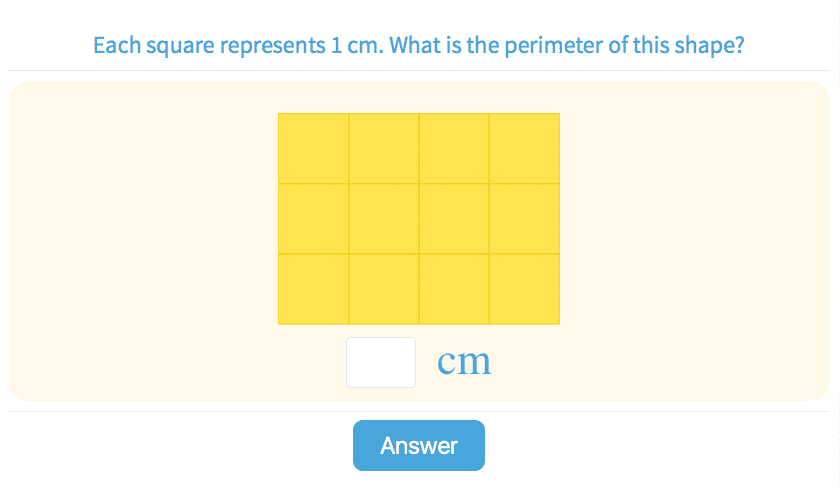
-
4.153Perimeter: Find the Missing Side Length
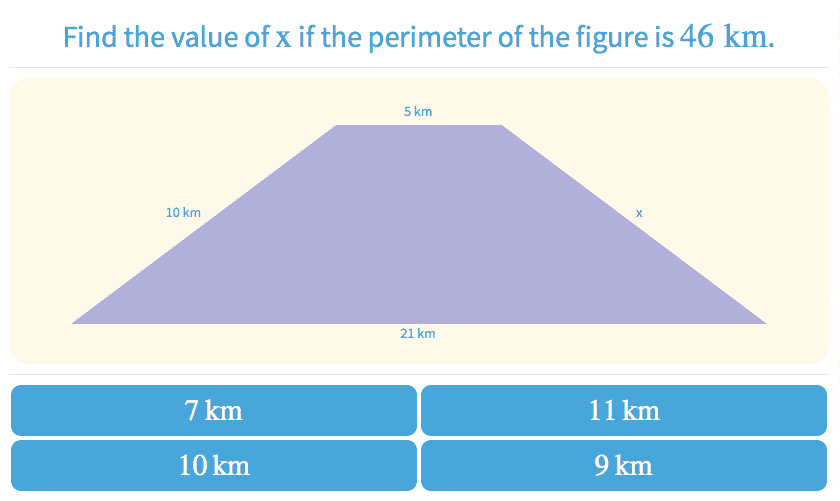
-
4.154Acute, Right, Obtuse, and Straight Angles
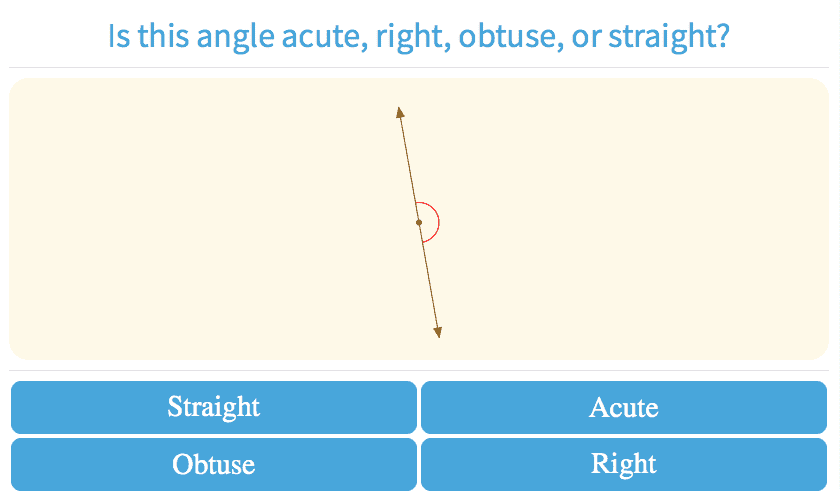
-
- Measurement
- Graphing
-
Time
-
4.155Find the Change in Time I
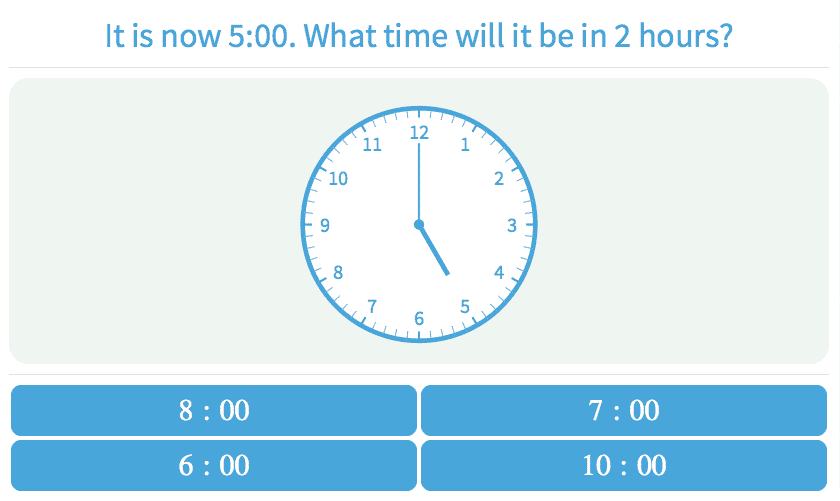
-
4.156Change in Time Review

-
4.157Find Start and End Times

-
4.160Fractions of Time Units
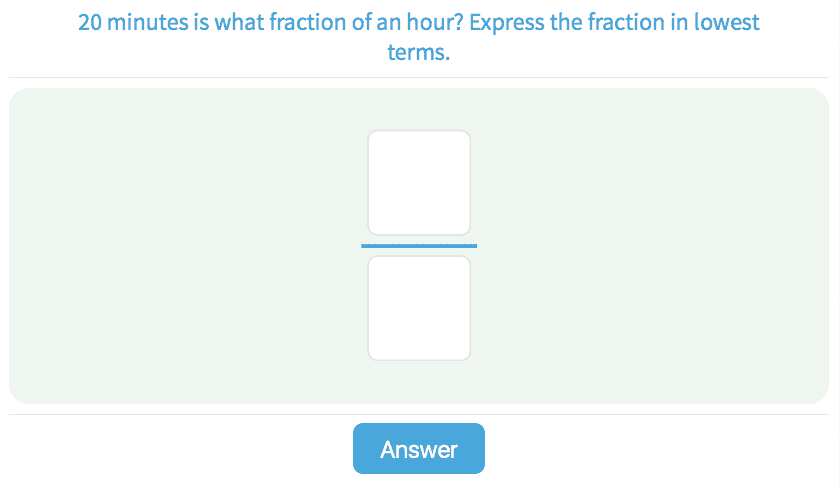
-
- Stats
Students entering the 7th grade continue to expand on concepts from their previous years. On-demand videos with teachers who explain the concepts and show students how to understand the problem-solving process. Teachers go over rules, tips, and multiple problems helping students to be able to solve the problems themselves.
- Students learn about ratios, mixed properties, statistics and other seventh grade skills.
- Teachers incorporate the use of the scratchpad to give students a visual representation.
- Videos provide instant help for students who are struggling with their assignments.
